Take five or ten minutes to imagine yourself living out one of the specifics of your desire for riches. Write a letter to it as if it were a person. Spend at least five minutes every day sitting in silence connecting with the energy of money. Imagine money flowing all around you, filling you up, moving into and out of your heart. Note: See Jim Carrey's story about writing a check to himself for ten million dollars as proof this works.
Vague aspirations lead to vague results; specific aspirations lead to kicking ass. Write down five action steps you will take right now to move yourself in that direction. If you wait to have the money first, it may never happen. There’s a fine line between perfectionism and procrastination.
Get clear on how much money you desire to make and by when (be specific about what the money is for and don’t forget to include your monthly nut of bare-necessity costs). Make sure this number is real and connected to specific things that bring up specific emotions. Then chunk it back – if your goal is five years away, chunk it back to how much you will make in four years, how much you will make in two years, how much you need to make this year, in six months, etc. all the way back to this month. Then put a definite plan in place with clear action steps that go toward your goal. Always stay attached to your WHY so when things get tough you keep going. Always pay attention to your numbers. If you don’t make your financial goal one week, add it on to the next. Your numbers MUST be nonnegotiable or else you’ll never get rich.
Step 2: The Basics. I Will Teach You To Be Rich
Credit is one of the most vital factors in getting rich. Once a year, by law, you’re allowed to obtain your credit report for free at www.annualcreditreport.com. The best thing to do to improve your credit score is to pay your bills on time.
On average, millionaires invest 20% of their household income each year.
Open a Roth IRA and set up automatic payments. Combine a classic low-cost investing strategy with automation. Note: Almost everything I have read recommended a Vanguard account, so I rolled my 401Ks from previous employers into a new account.
Use Google Calendar to set twelve savings goals throughout the year, with an email reminder for each one. Add a savings goal of three months of bare-bones income before you do any investing.
Spend Sunday nights reviewing receipts versus your credit card statement. Note, my father-in-law does this and he is brilliant with his money, I admire him a lot. I started to do this (not often enough) and noticed discrepancies right away.
Search for a financial planner at napfa.org. Only work with those who are fee-based and simply charge a flat fee. There’s no reason to pay exorbitant fees for active management when you could do better, for cheaper, on your own.
Mutual funds fail to beat the market seventy-five percent of the time. What you really want is solid, long-term returns.
Individual investors like you and me should not invest in individual stocks. Your portfolio will have better overall performance if you add bonds to the mix.
Step 3: Investment. How a Second Grader Beats Wall Street
Investing is about measuring risk and increasing that risk only if they can expect a long-term higher return. I never hesitate to point out that buying a couple of dozen companies is not going to increase your expected return but will increase risk. That, of course, is speculation, not investing.
There is one way, and only one way, to build a stock portfolio that is guaranteed to beat the average dollar invested. For the US stock market that one way is to buy the entire market in proportion to the value of each company. You should own a total US stock index fund.
Owning only three index funds can truly spread your eggs over the entire global basket and make competing with Wall Street such an unfair game - for them. If you own the entire market, not only are you mathematically certain to beat Wall St., you will do it with less risk. It’s the ultimate in the lesson we all learned as kids: “Don’t put all your eggs in one basket.”
Always keep at least ten percent of your nest egg in bonds or fixed income. Bond funds that are intermediate term in length are best. Buying bonds with maturities of thirty years is too risky. Five years is the sweet spot.
Step 4: Next Steps. Rich Dad Poor Dad
The avoidance of money is just as psychotic as being attached to money. The main cause of poverty or financial struggle is fear and ignorance. It’s this self-inflicted fear and ignorance that keeps people trapped.
Once a person stops searching for information and self-knowledge, ignorance sets in. Intelligence solves problems and produces money. Money without financial intelligence is money soon gone. The people who lose are the uninformed.
If your pattern is to spend everything you get, most likely an increase in cash will just result in an increase in spending. When it comes to money, high emotions tend to lower financial intelligence.
This pattern of treating your home as an investment, and the philosophy that a pay raise means you can buy a larger home or spend more, is the foundation of today’s debt-ridden society. The rich buy assets. The poor only have expenses. The middle class buy liabilities they think are assets.
We learn to walk by falling down. Excessive fear and self-doubt are the greatest detractors of personal genius. Only a person’s doubts keep them poor.
And So…
Am I rich yet? Far from it. Do I now have money automatically going into my investments each month? Hell, yes. I have even made money from doing so over the last year, albeit it’s not a huge return (yet).
UPDATE: I have since learned not to look to see if I’ve made money on my investments. Instead, I act like a horse with blinders and simply stay the course.
Last summer, I met with a financial advisor who was recommended by my bank manager. We spoke for about an hour on this stuff. He pointed out how impressed he was that I had read these books and took the initiative to be better informed about my personal finances. I decided not to work with him because of his high fees and from what I learned in these books. Nice enough guy though.
According to Gallup, just over half of Americans own stocks, matching a record low. Middle-class adults, those younger than thirty-five are less likely to invest. MarketWatch reports that Americans (and probably Canadians, maybe) are still terrible at investing. The study finds that Americans lack the patience to hold investments for more than a few years.
I for one will not touch my investments. I’m letting them sit and accrue, from the advice I have learned from these books and from Michael Port. I also plan to keep reading personal finance books recommended by smart friends. You should too.
Here are links to each book mentioned:
You Are a Badass at Making Money: Master the Mindset of Wealth
I Will Teach You To Be Rich
How a Second Grader Beats Wall Street: Golden Rules Any Investor Can Learn.
Rich Dad Poor Dad: What The Rich Teach Their Kids About Money - That The Poor And Middle Class Do Not!
What books should I add to my list?








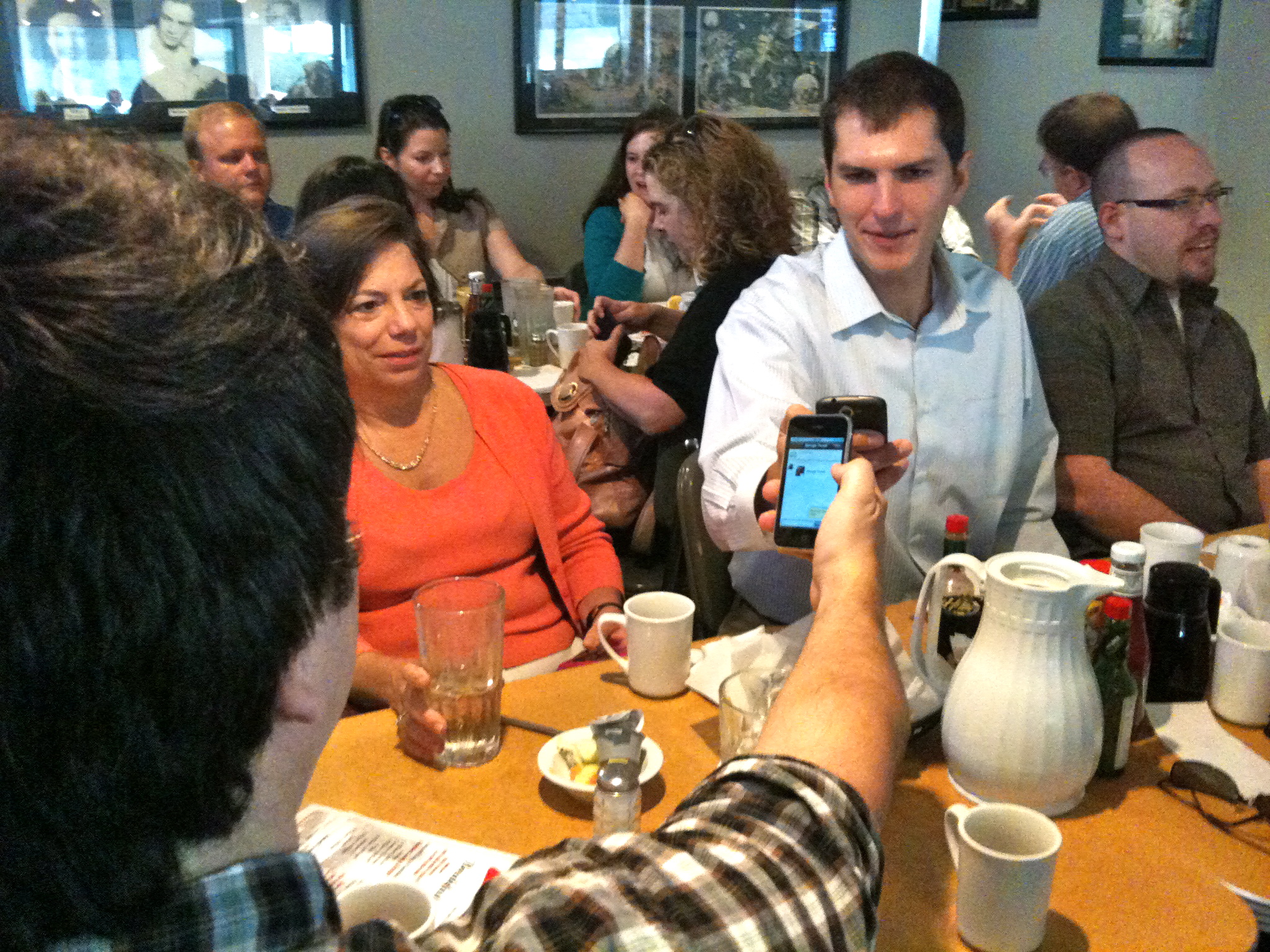
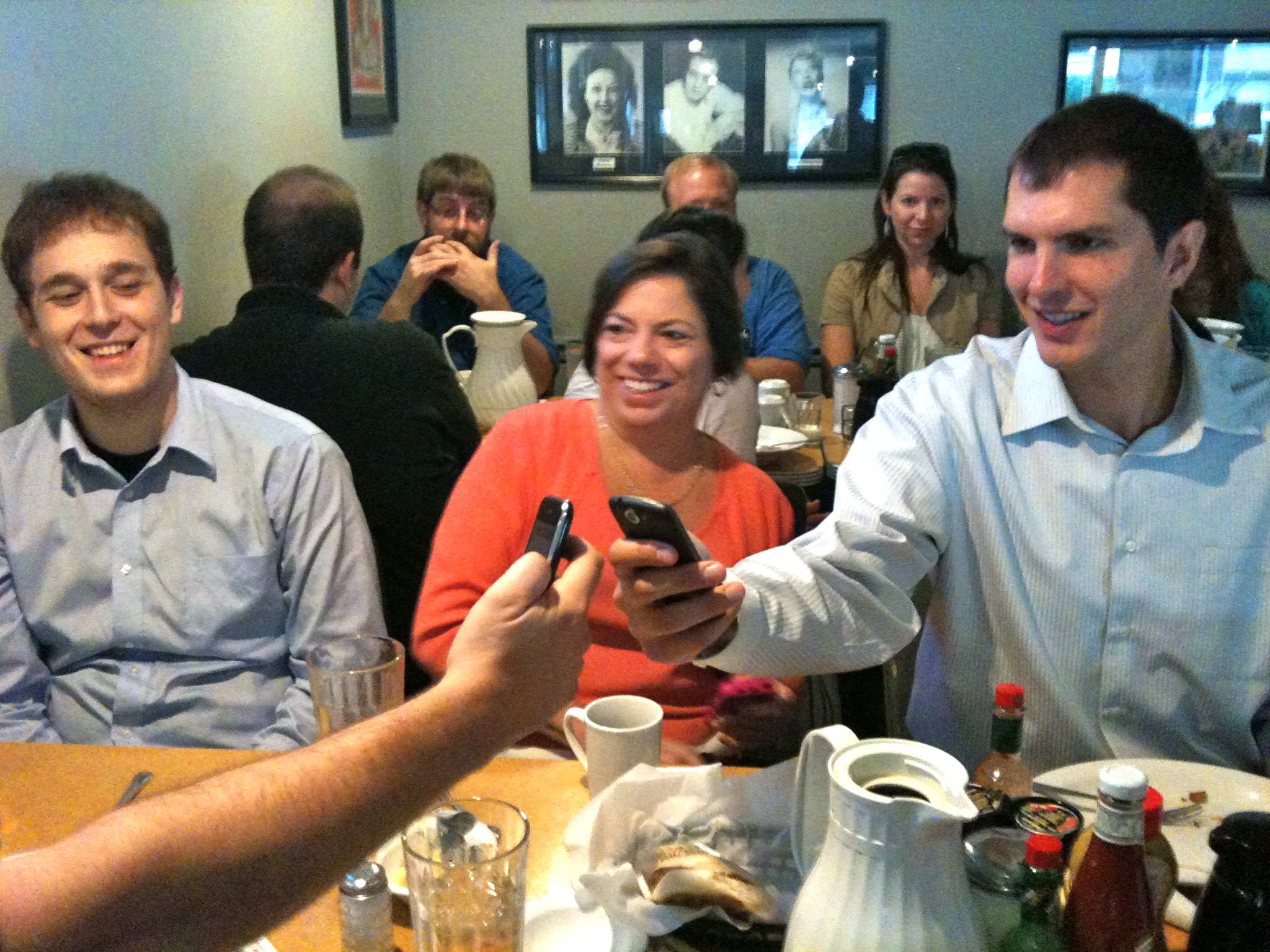
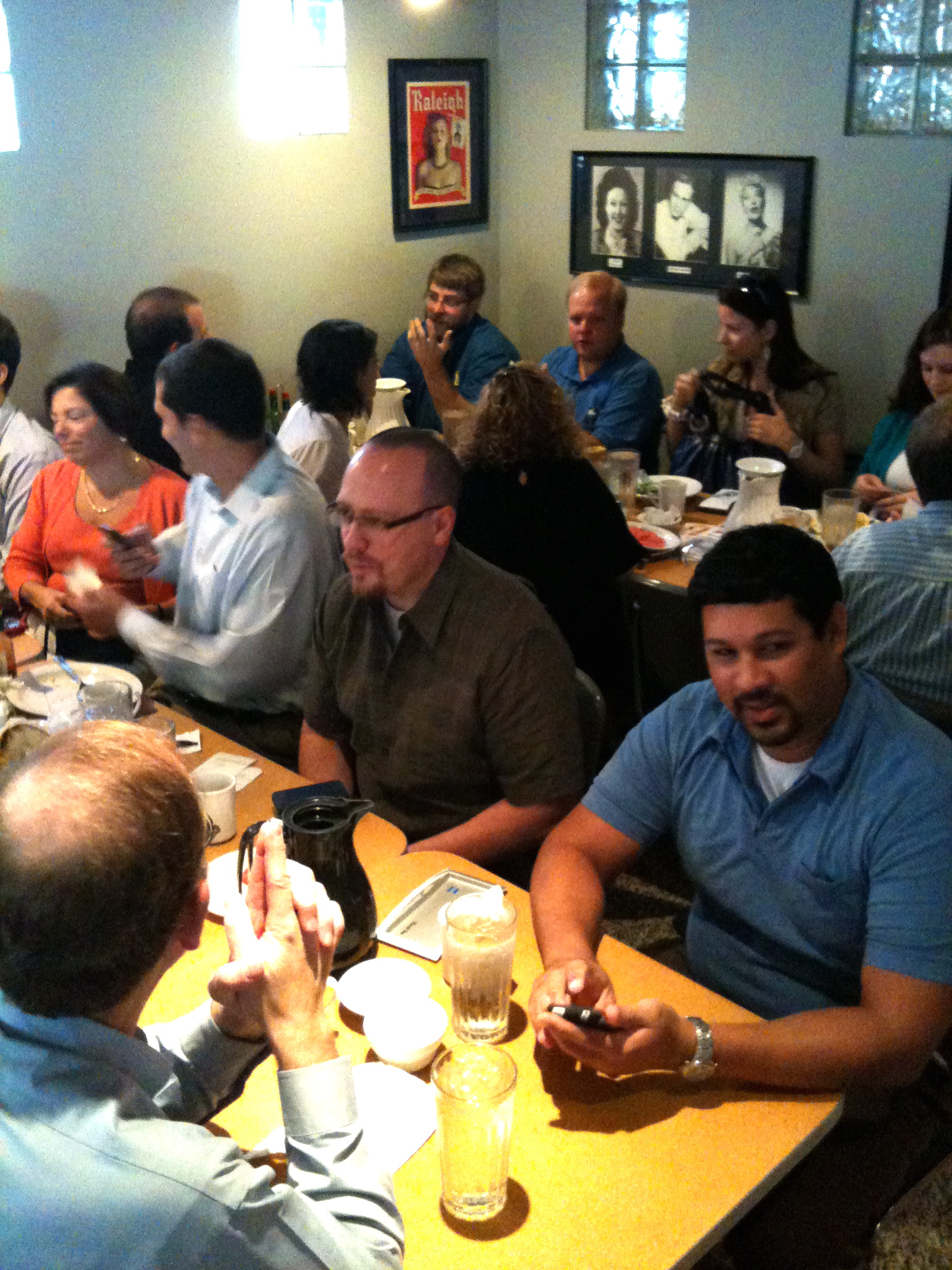
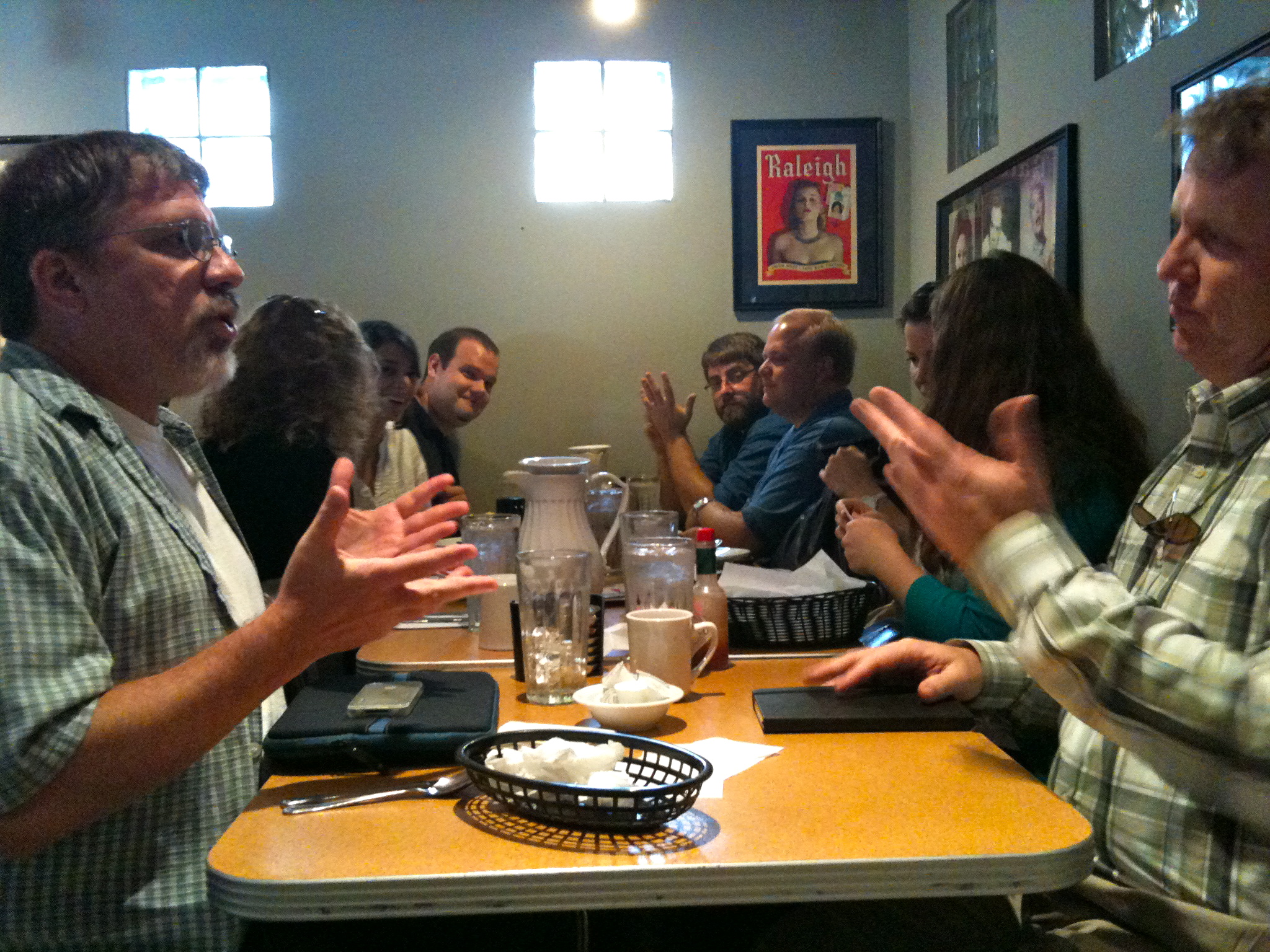
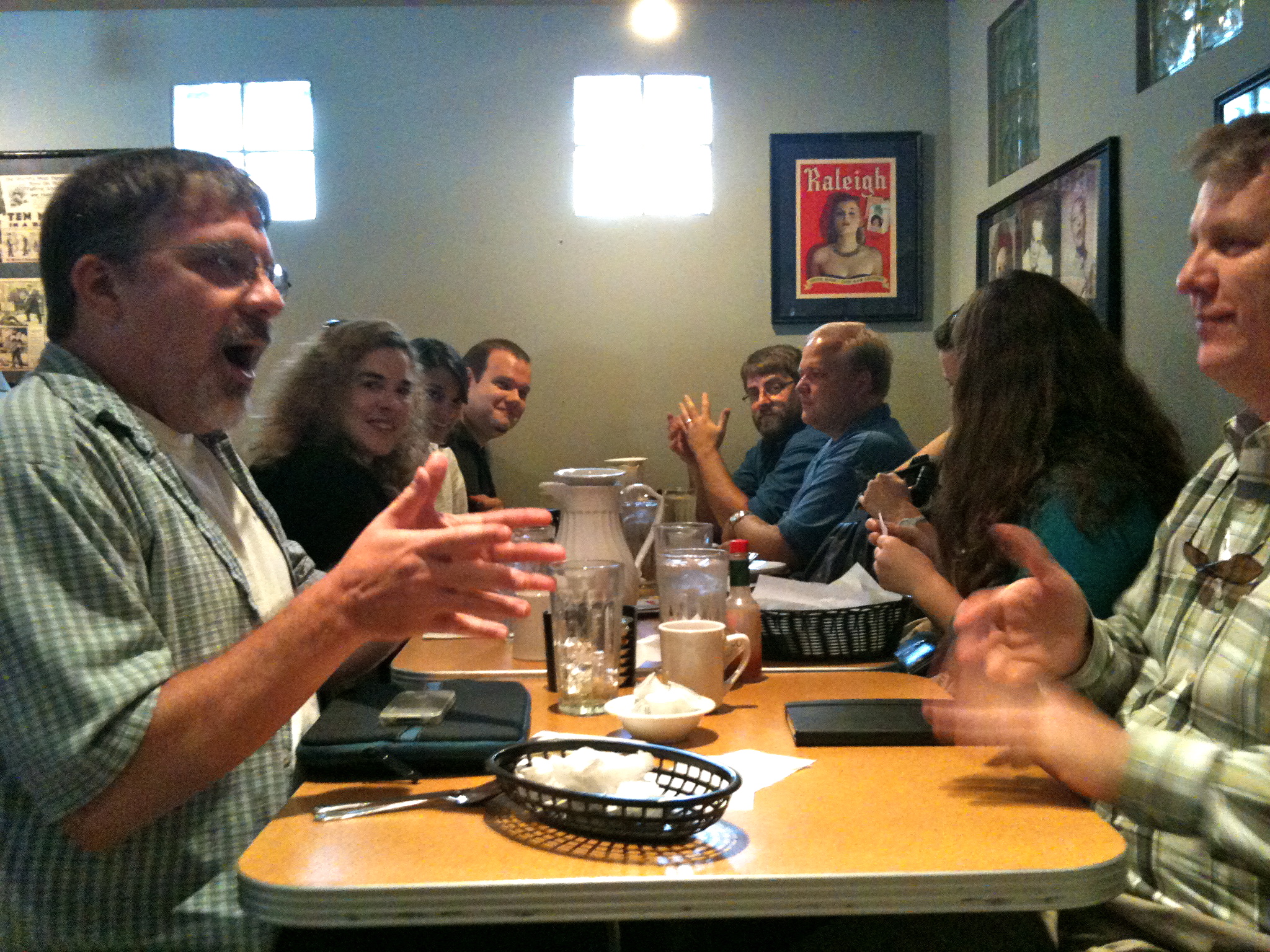
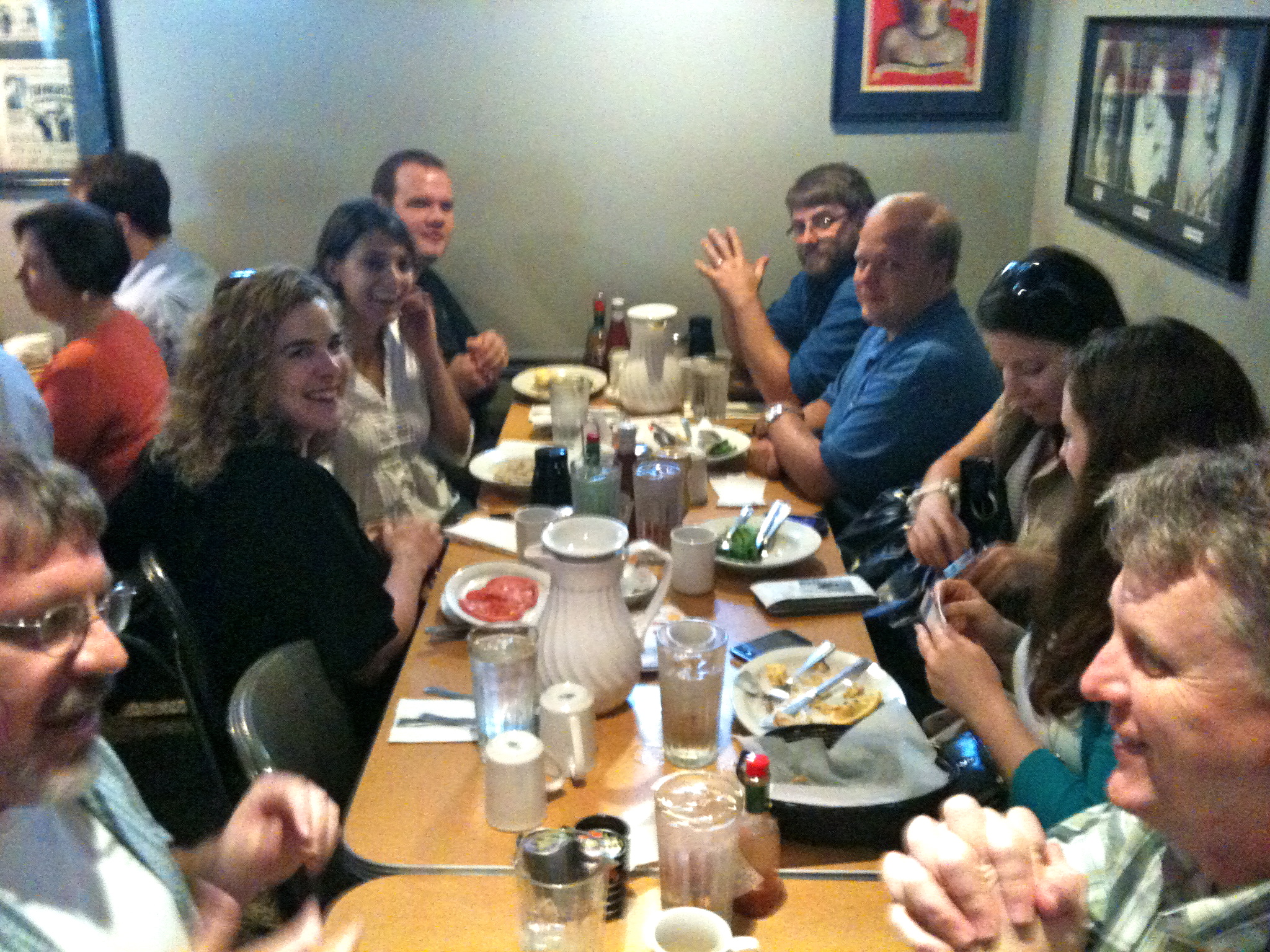
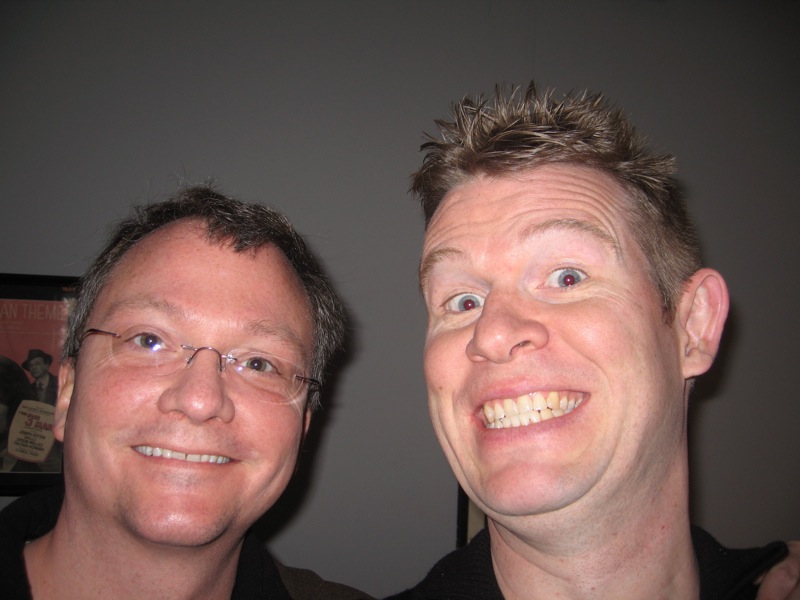
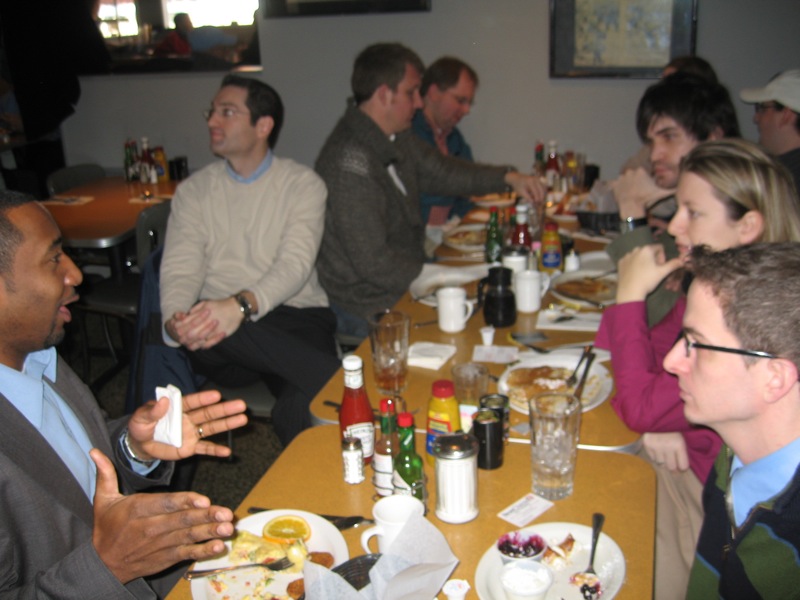
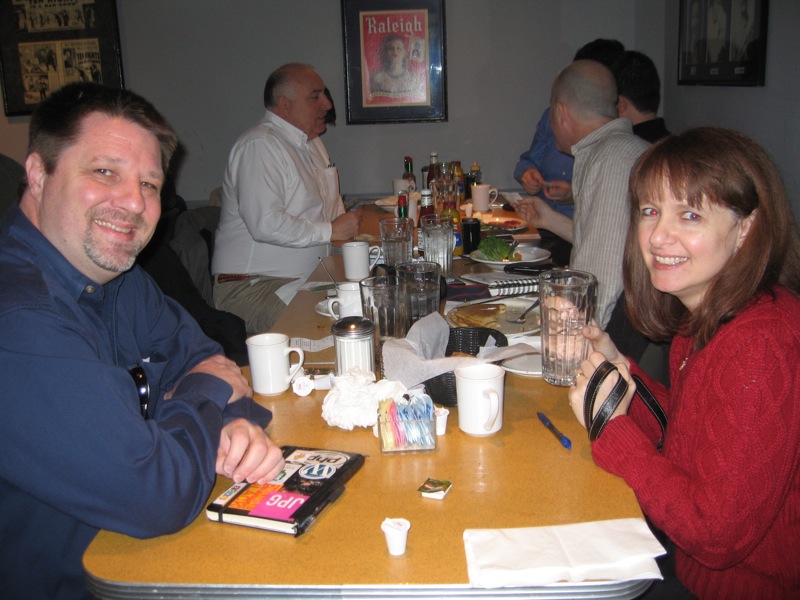
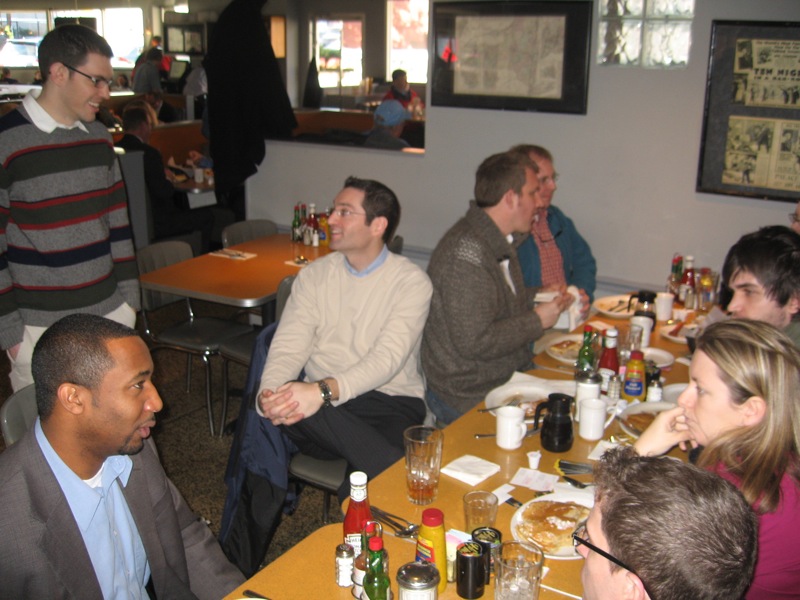

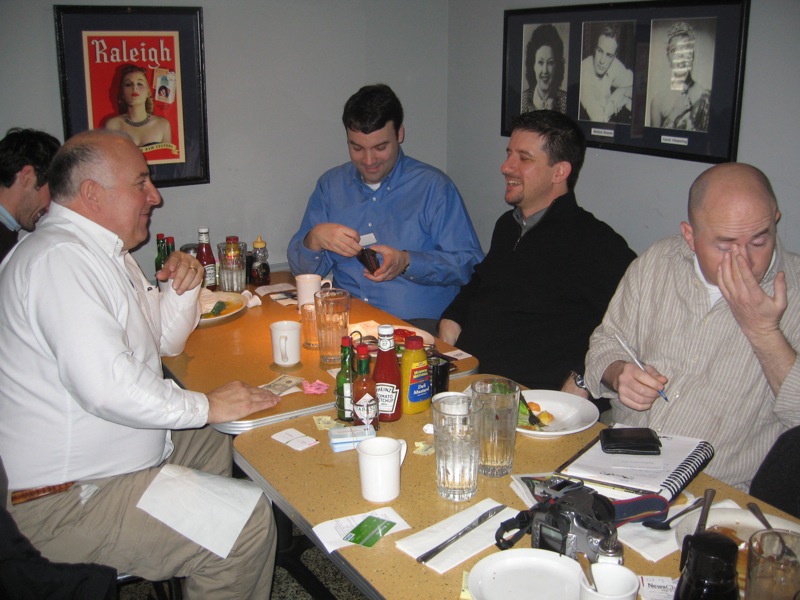
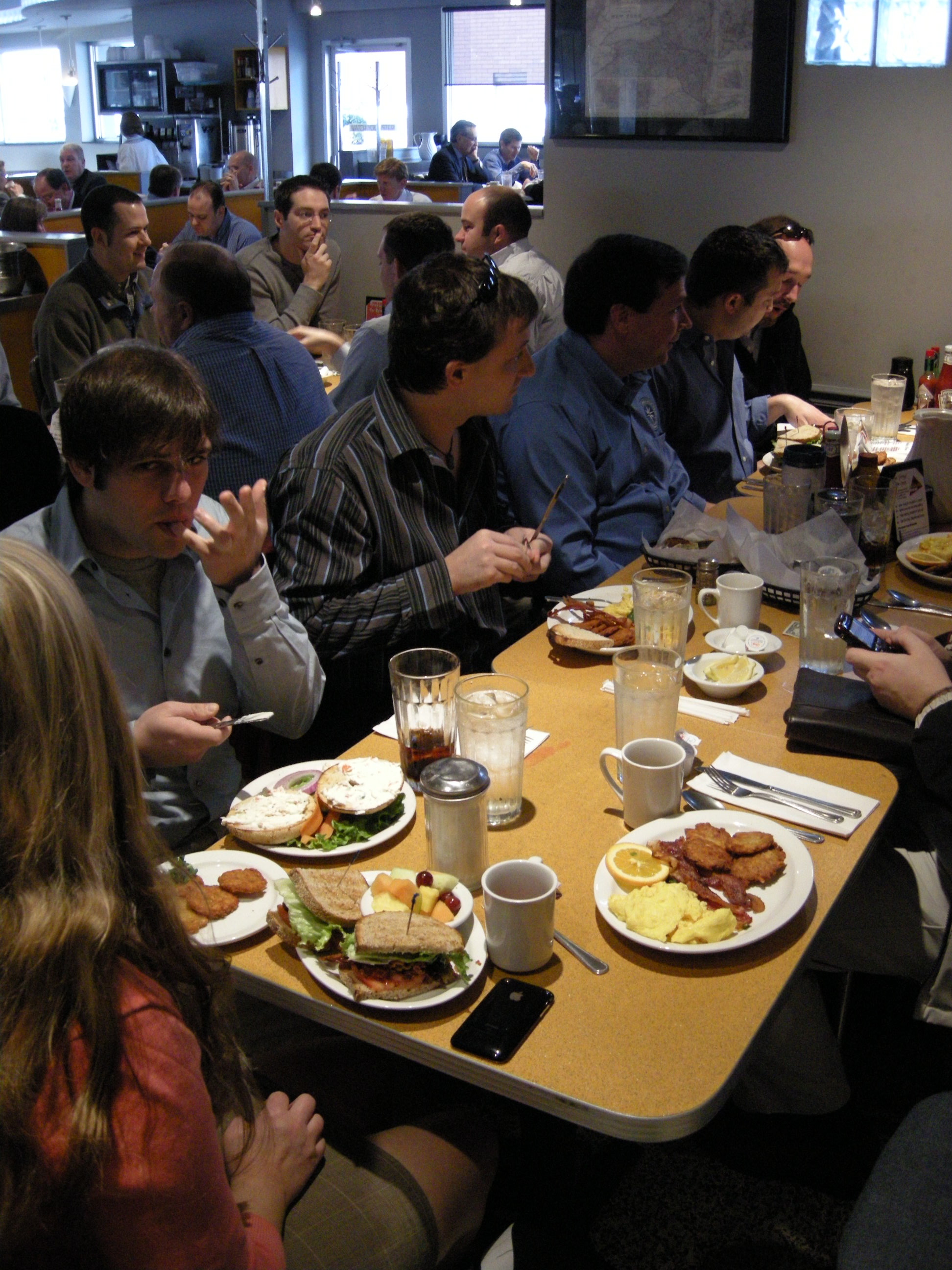
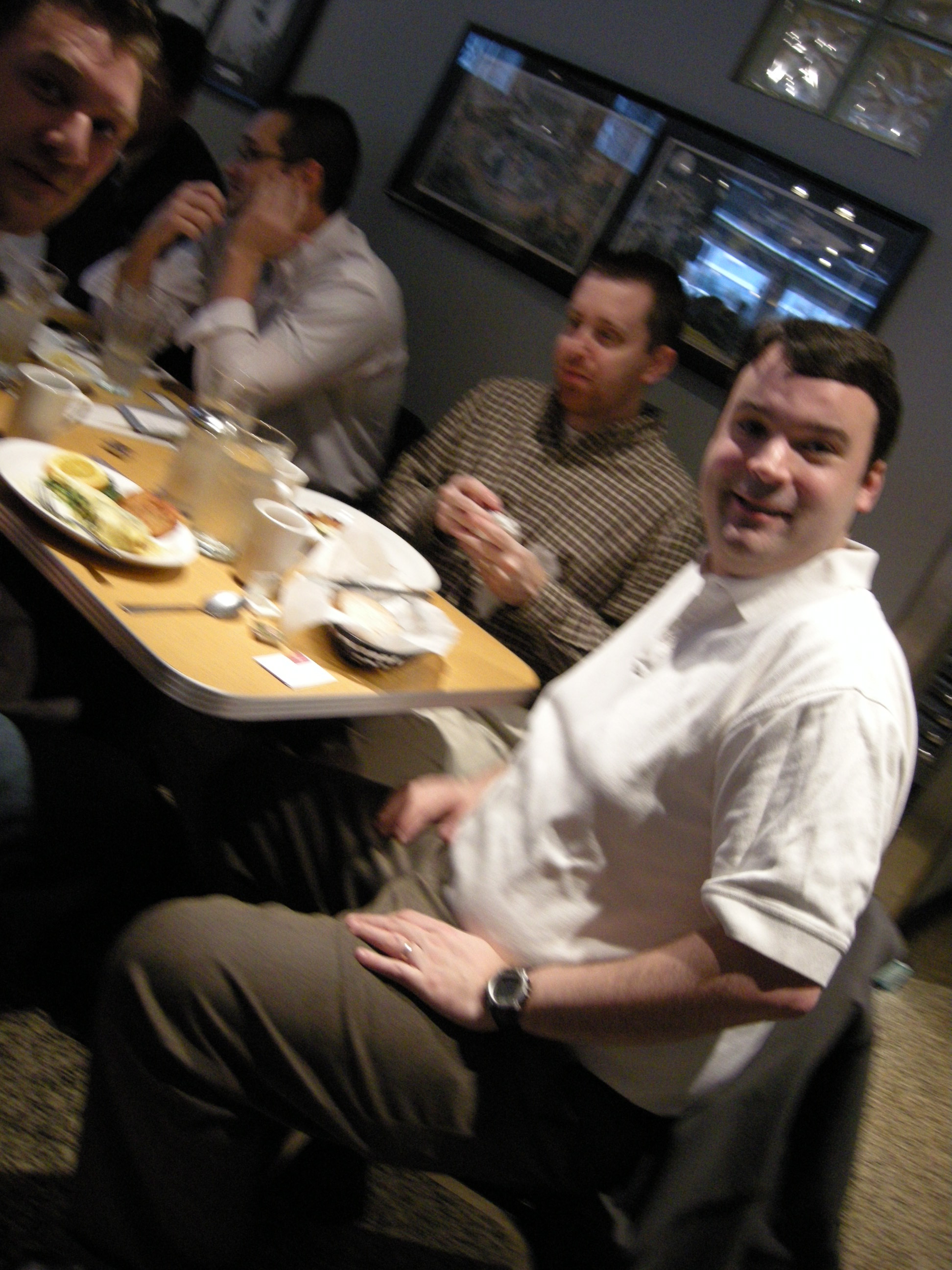
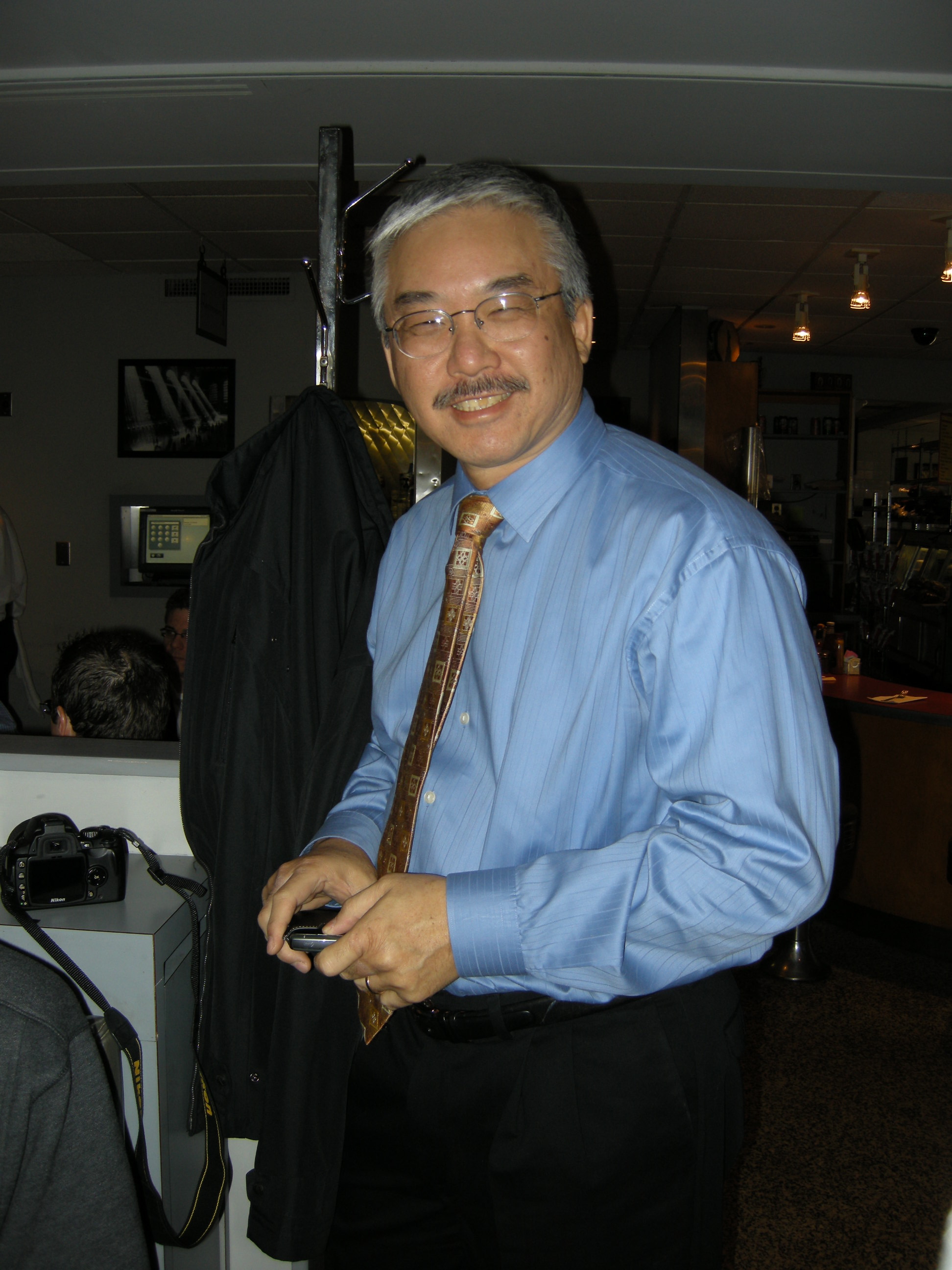

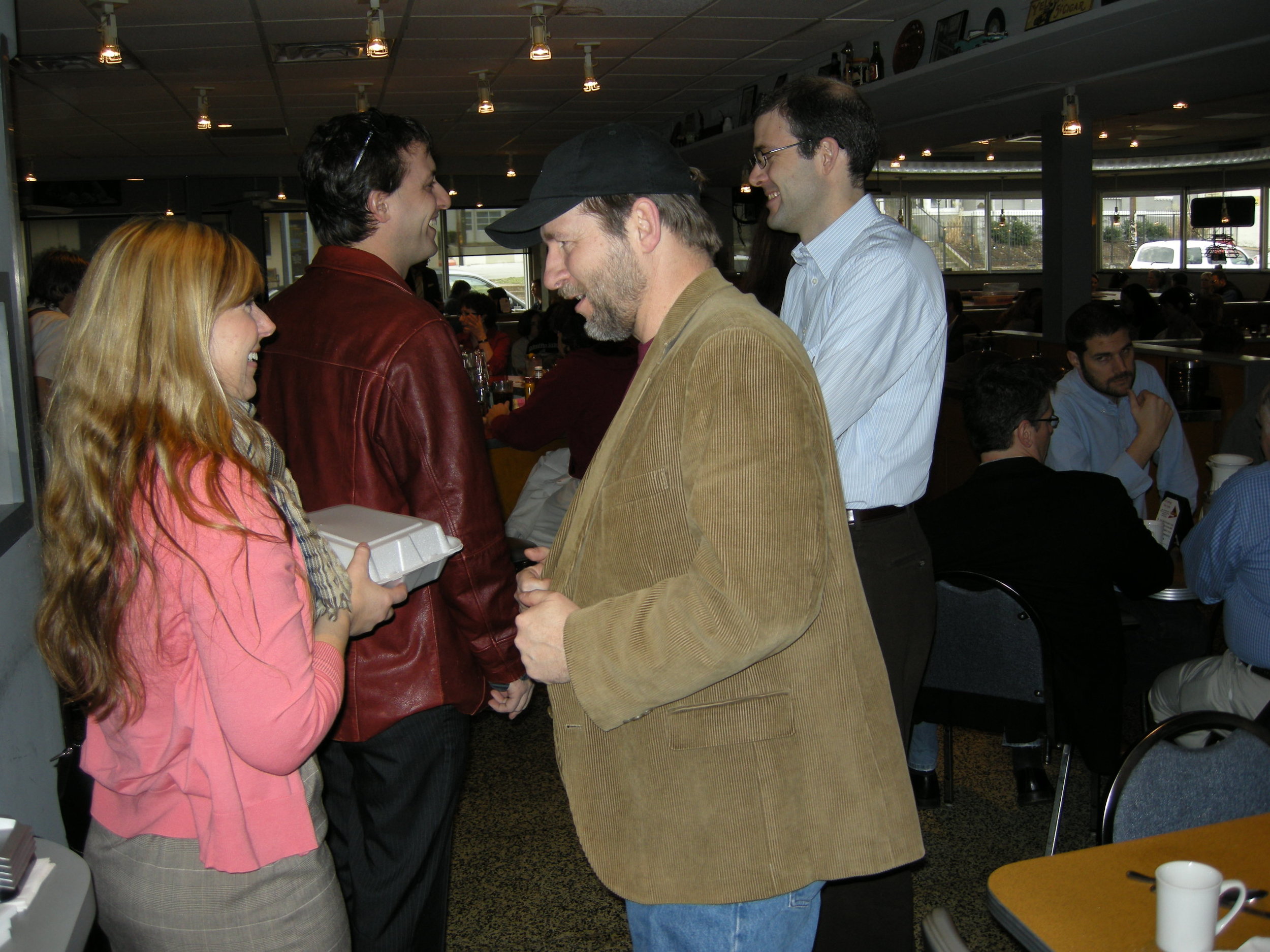

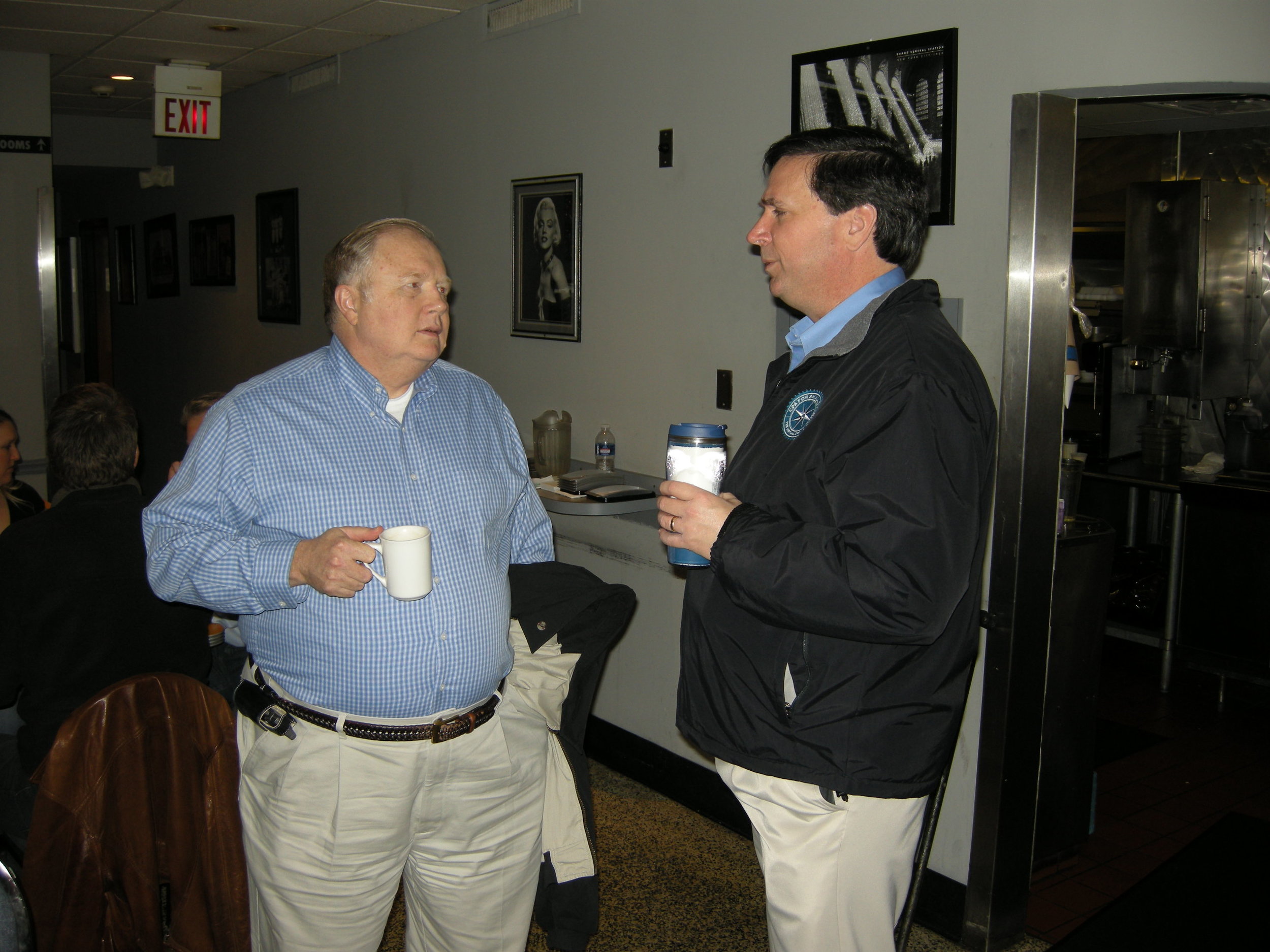
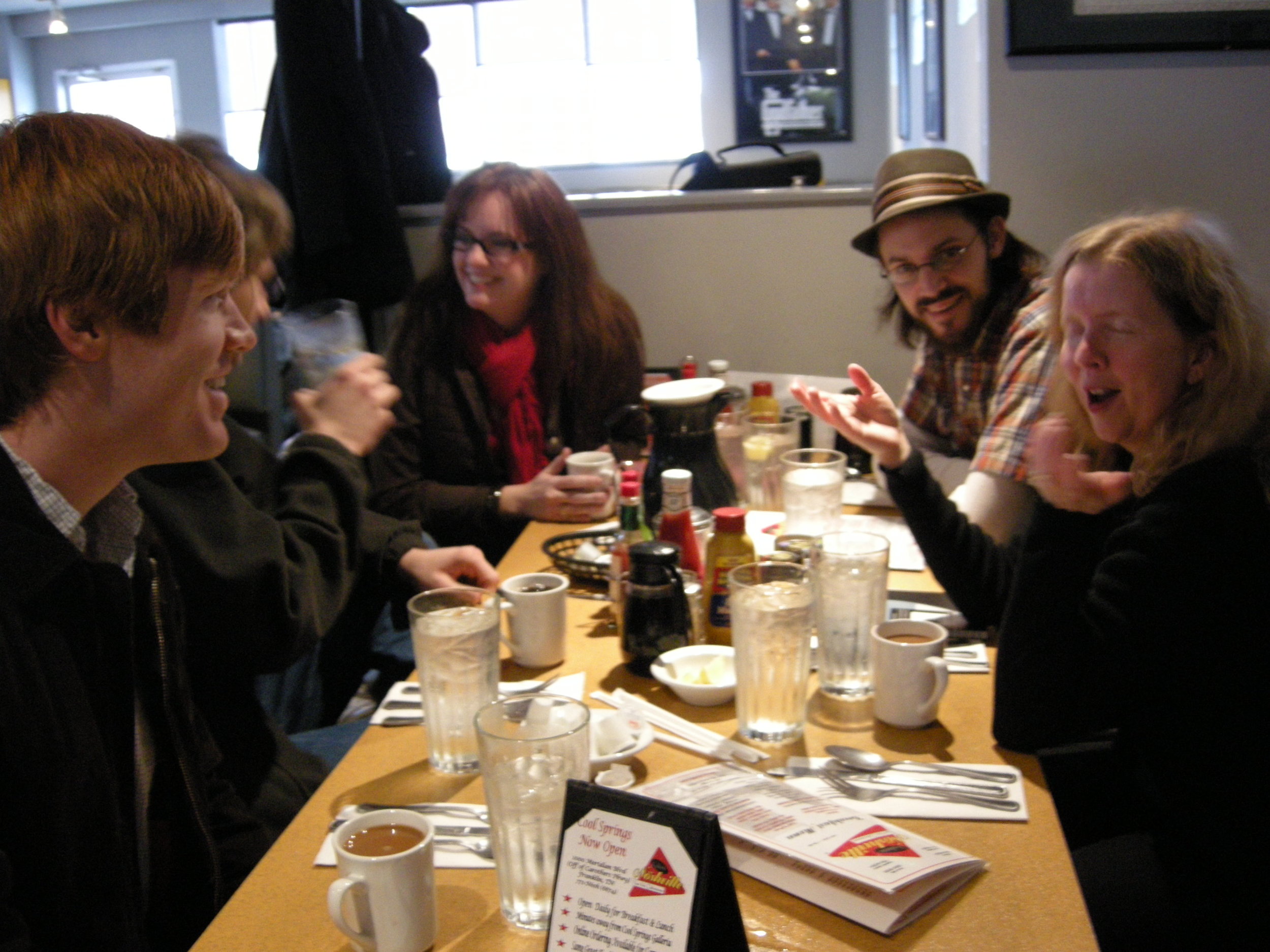
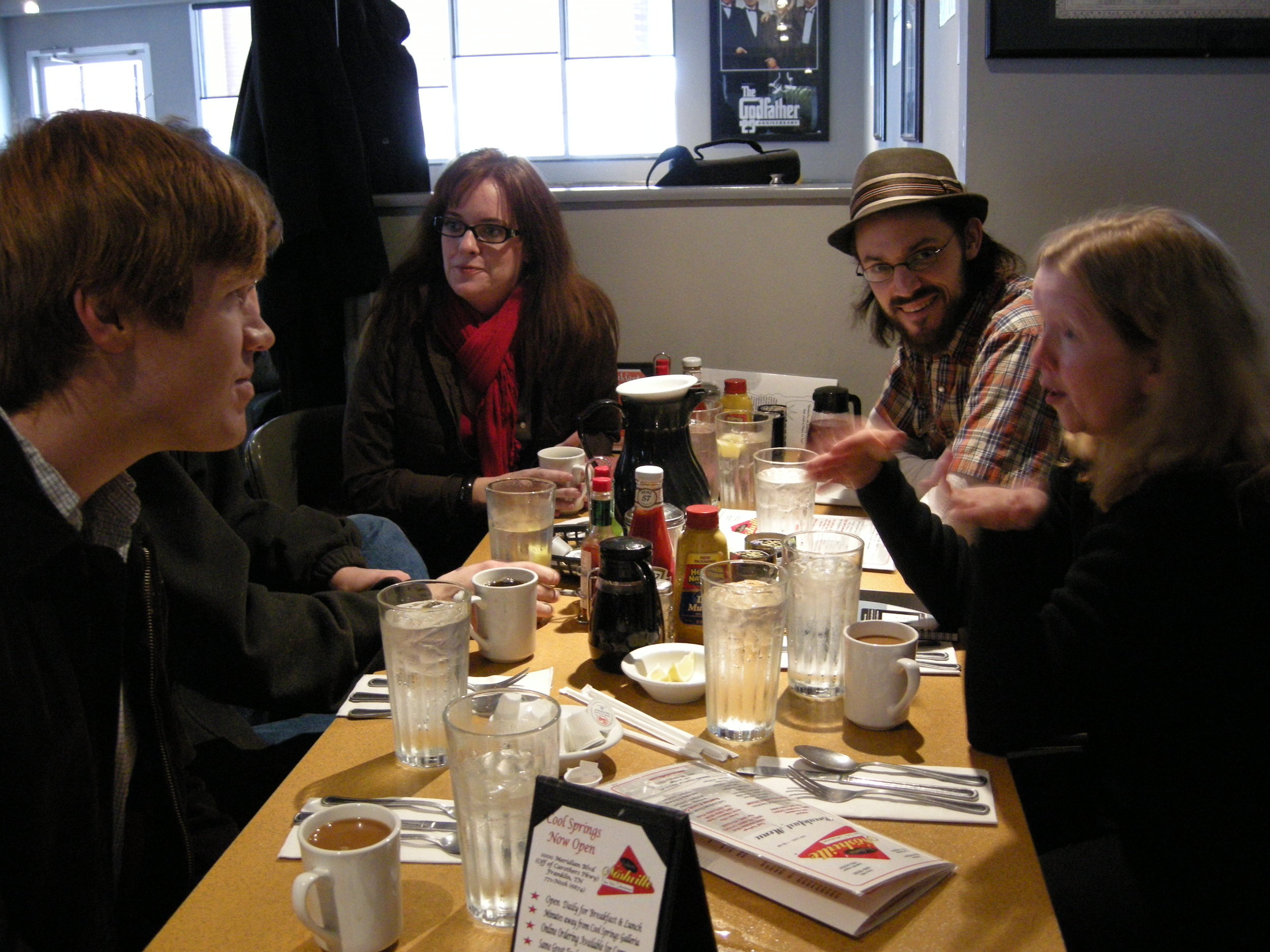
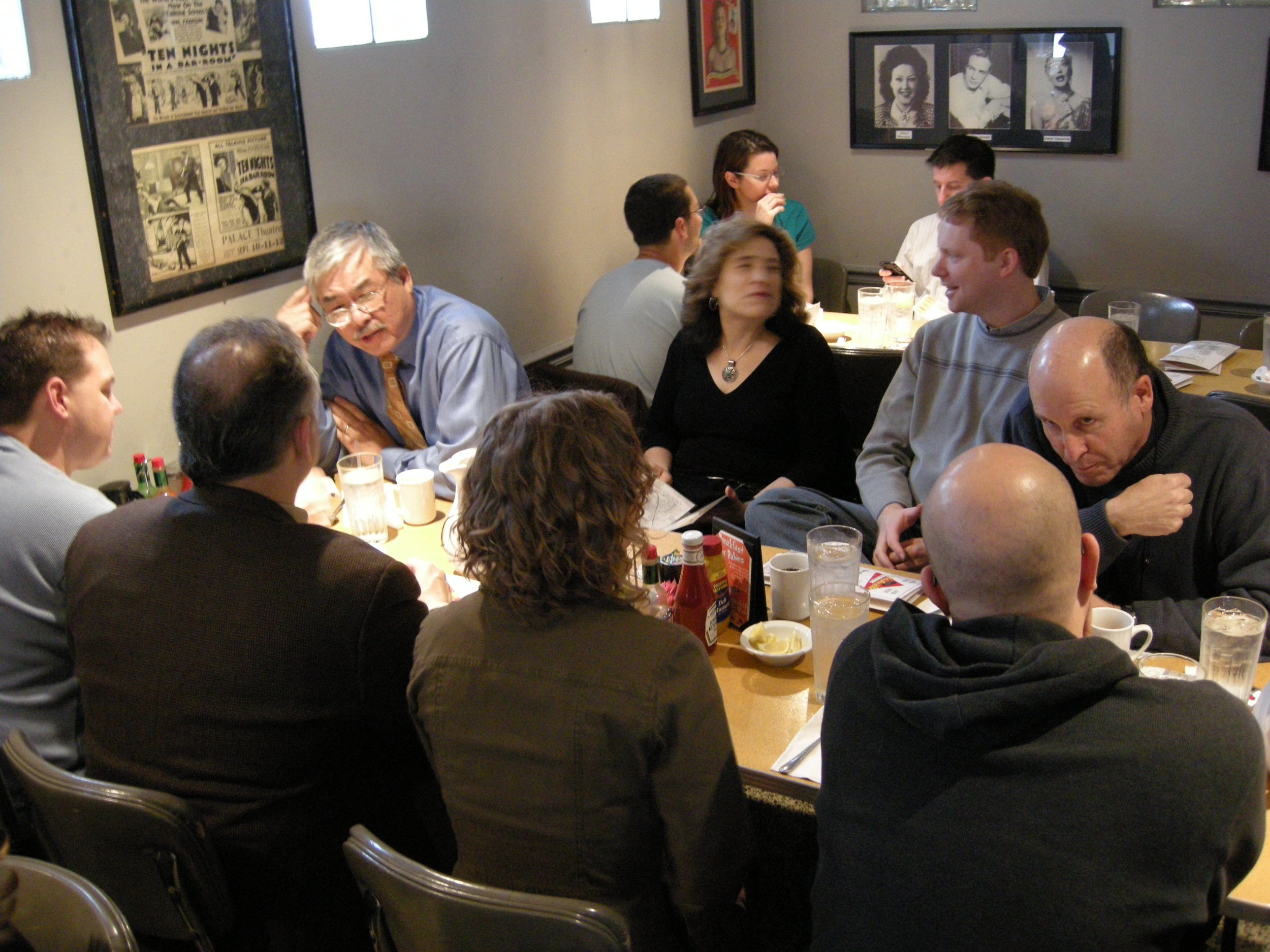
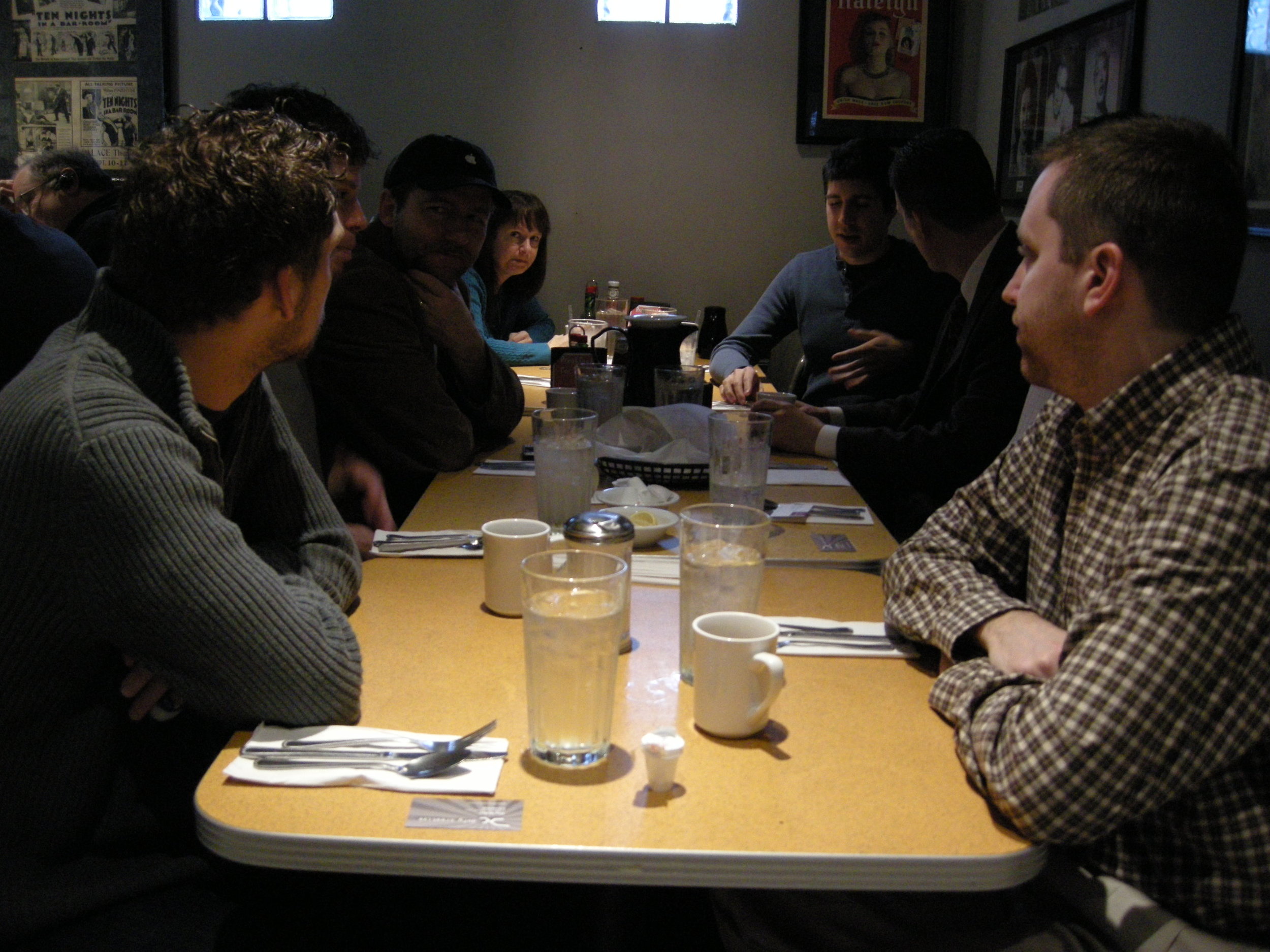

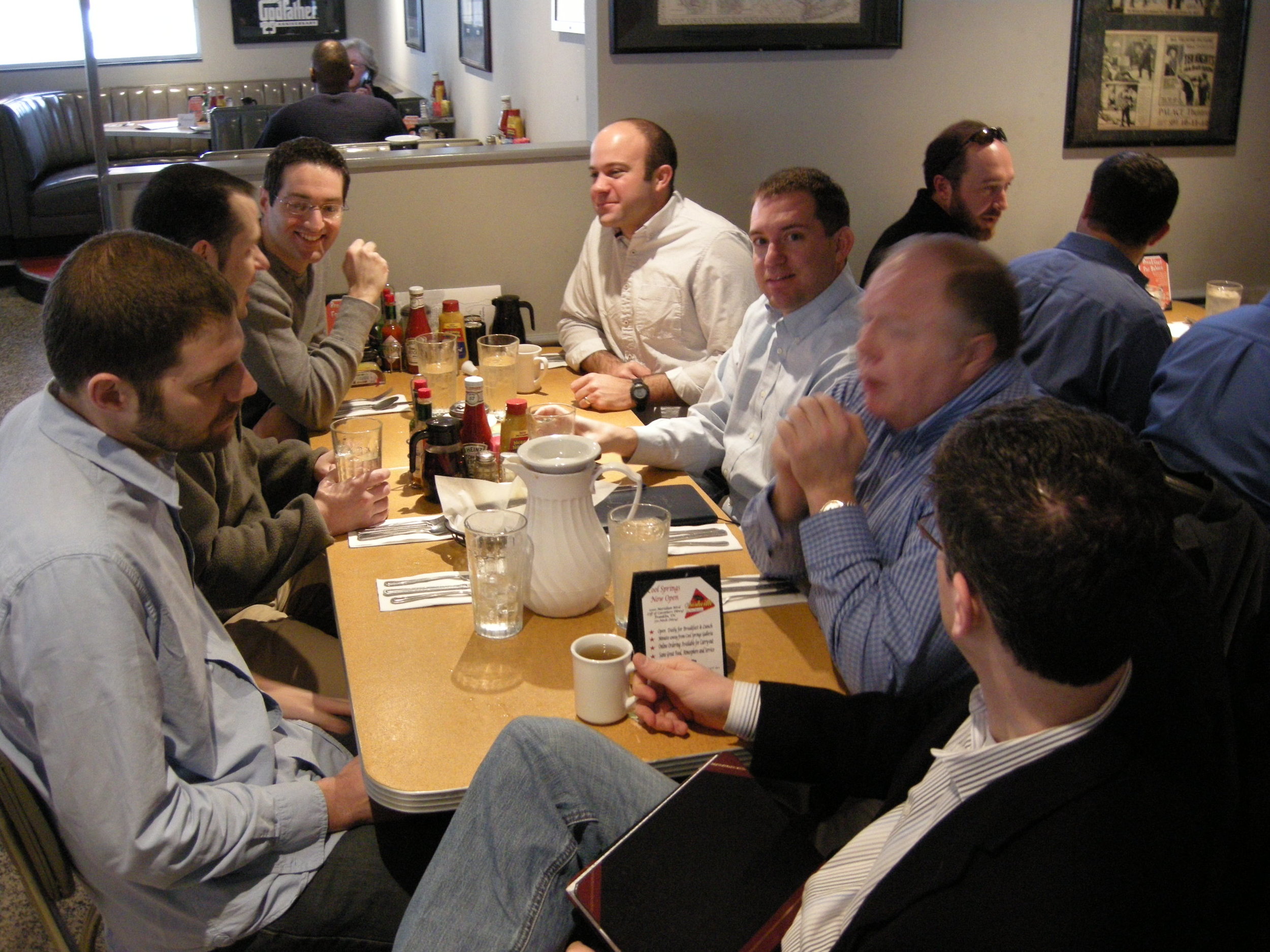
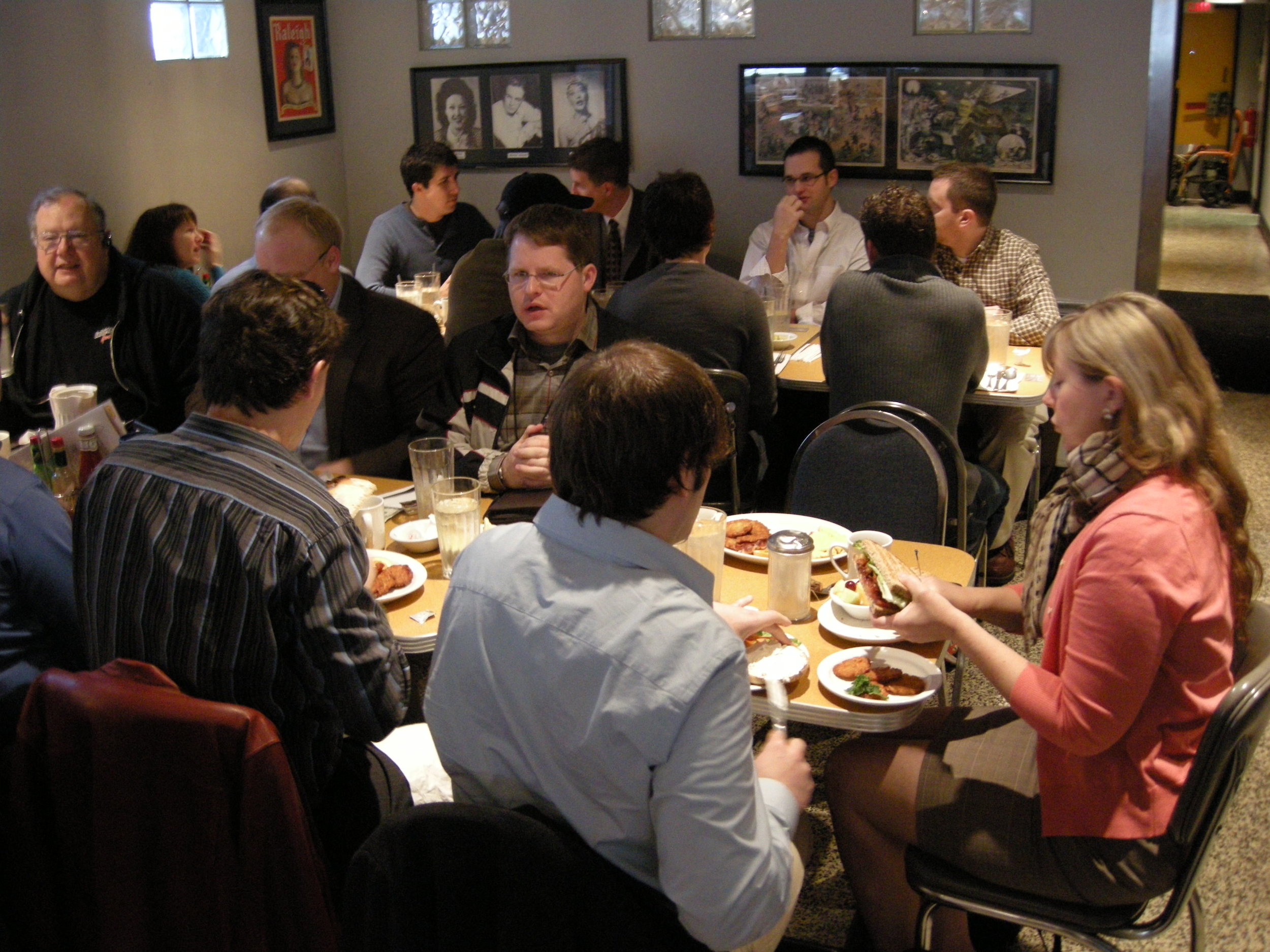
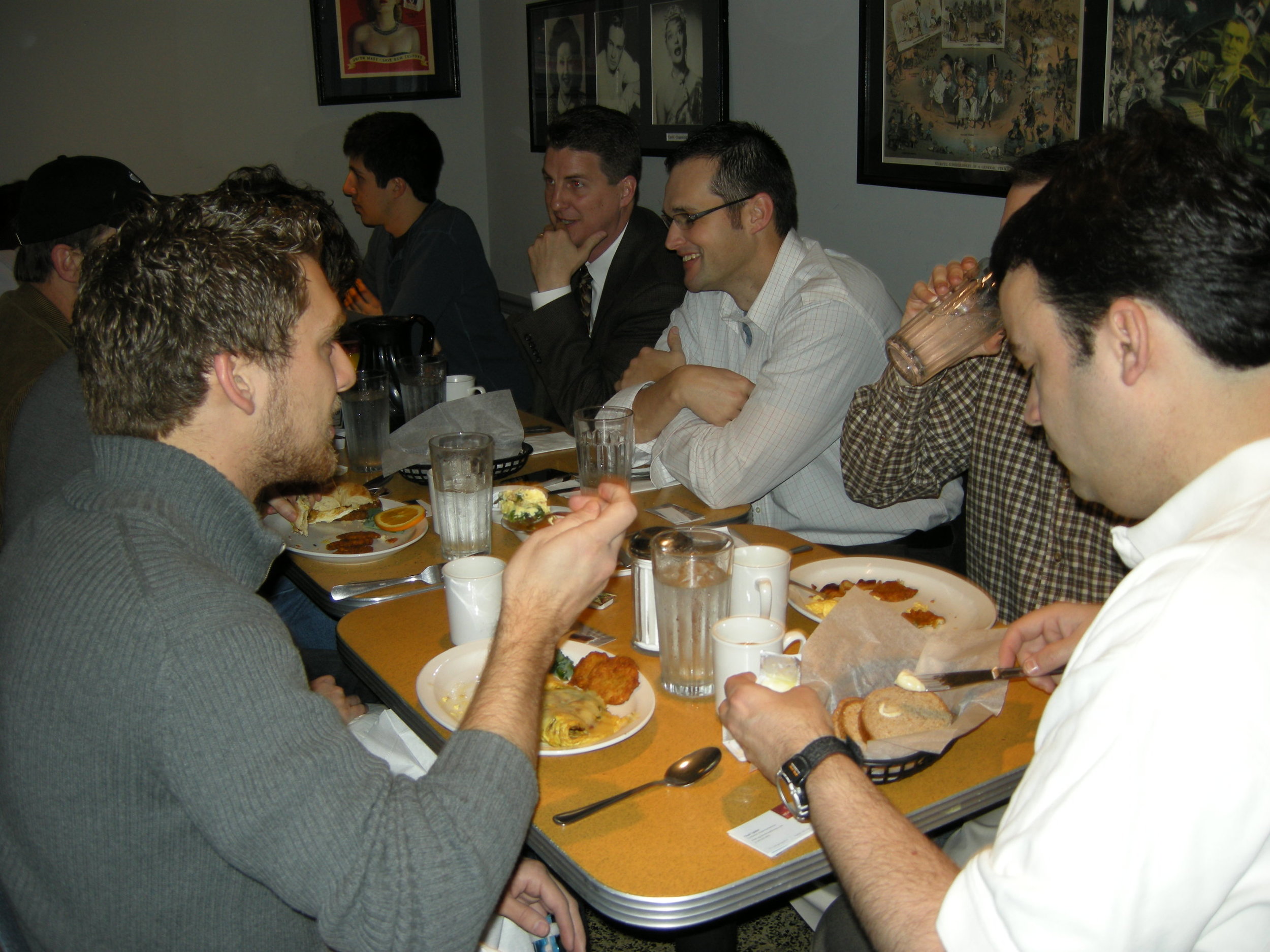
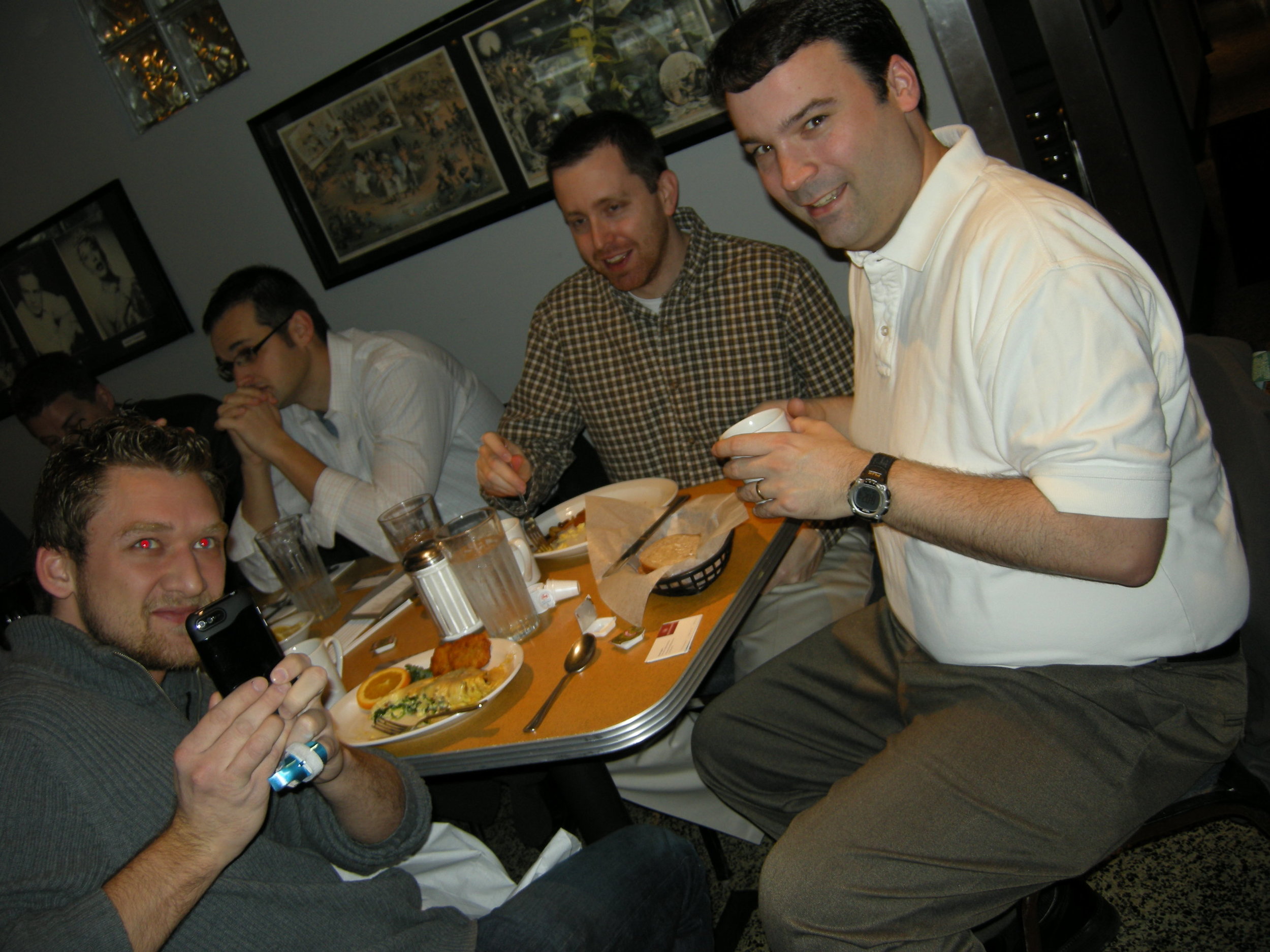
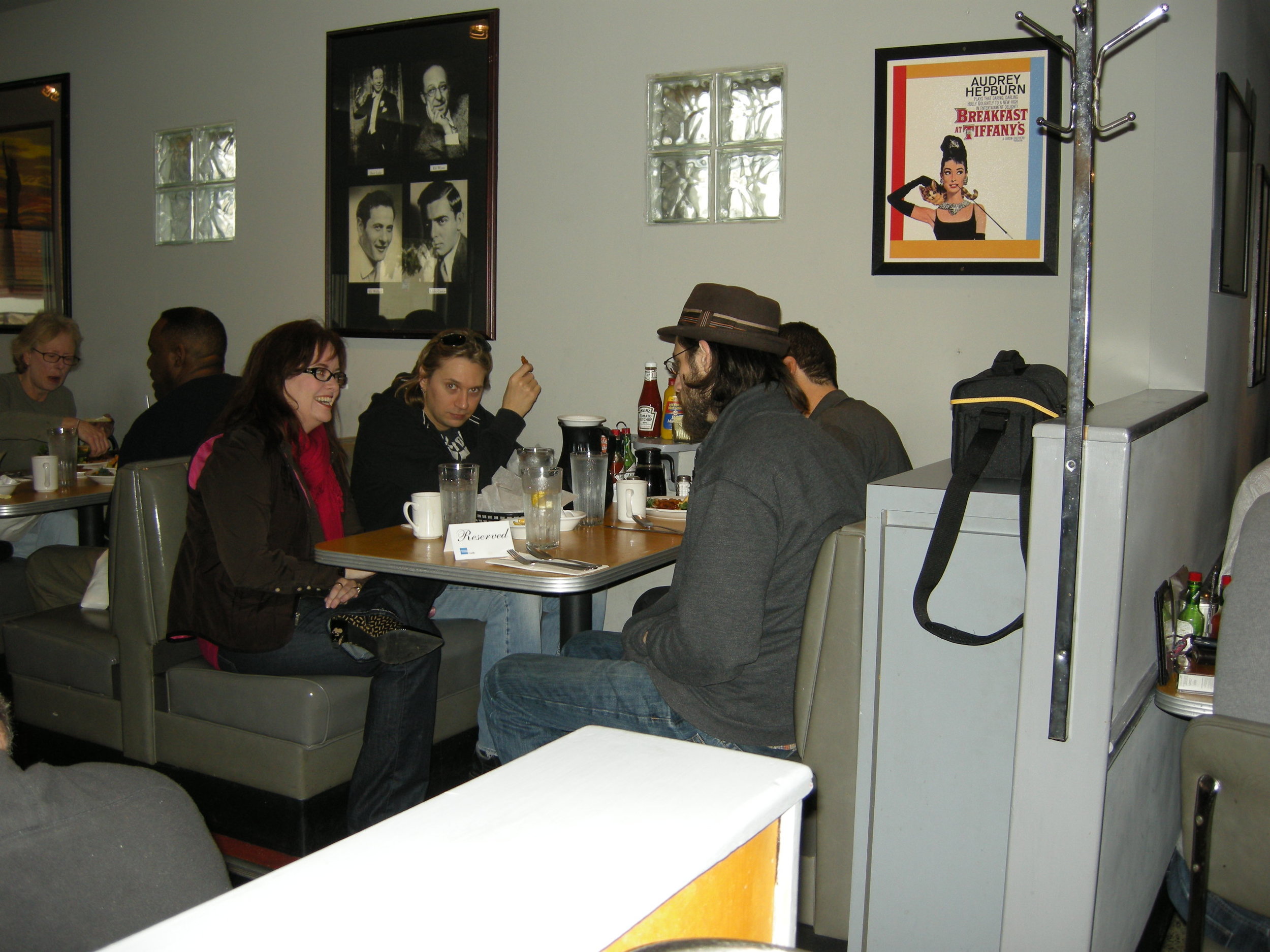
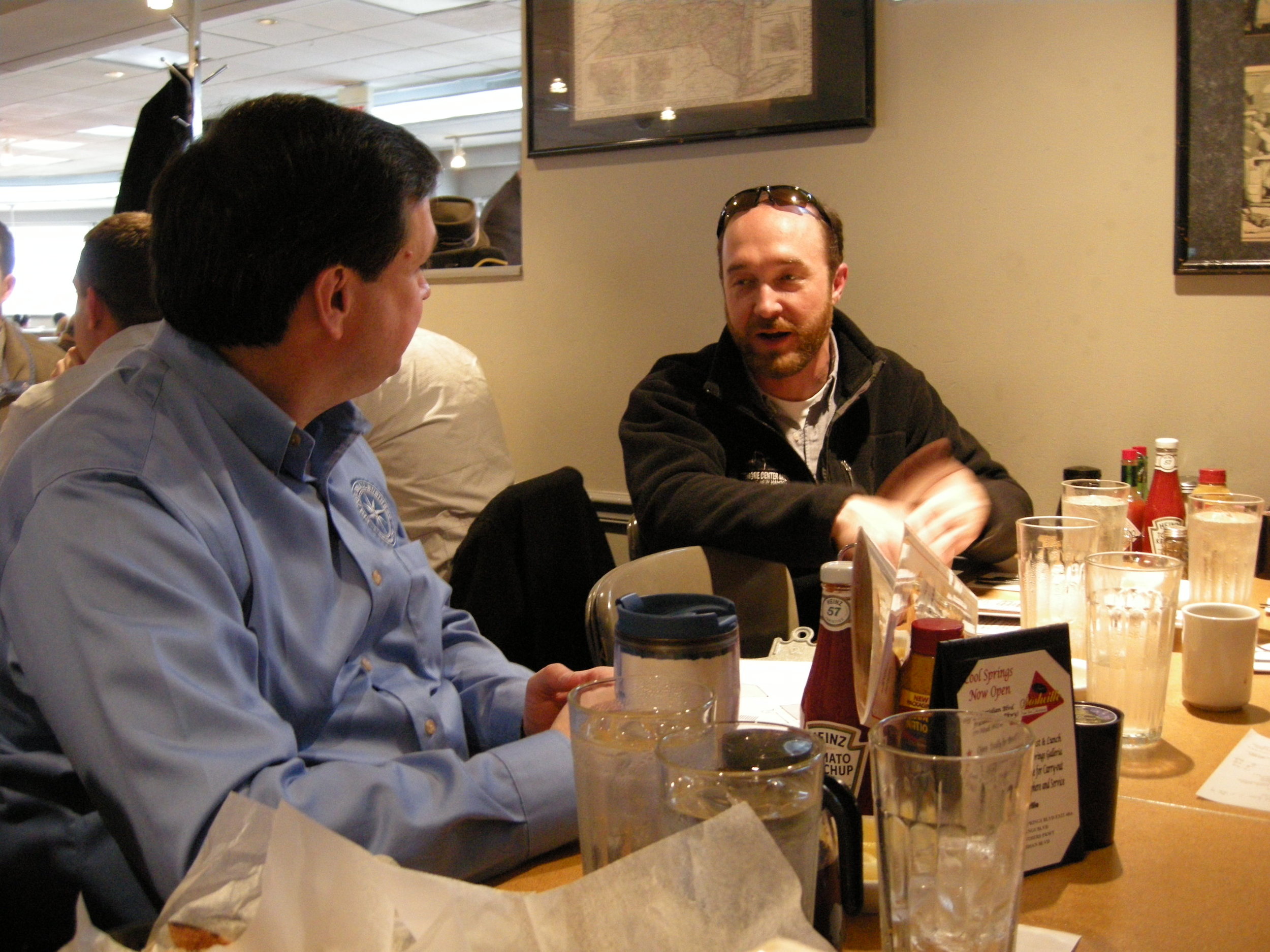
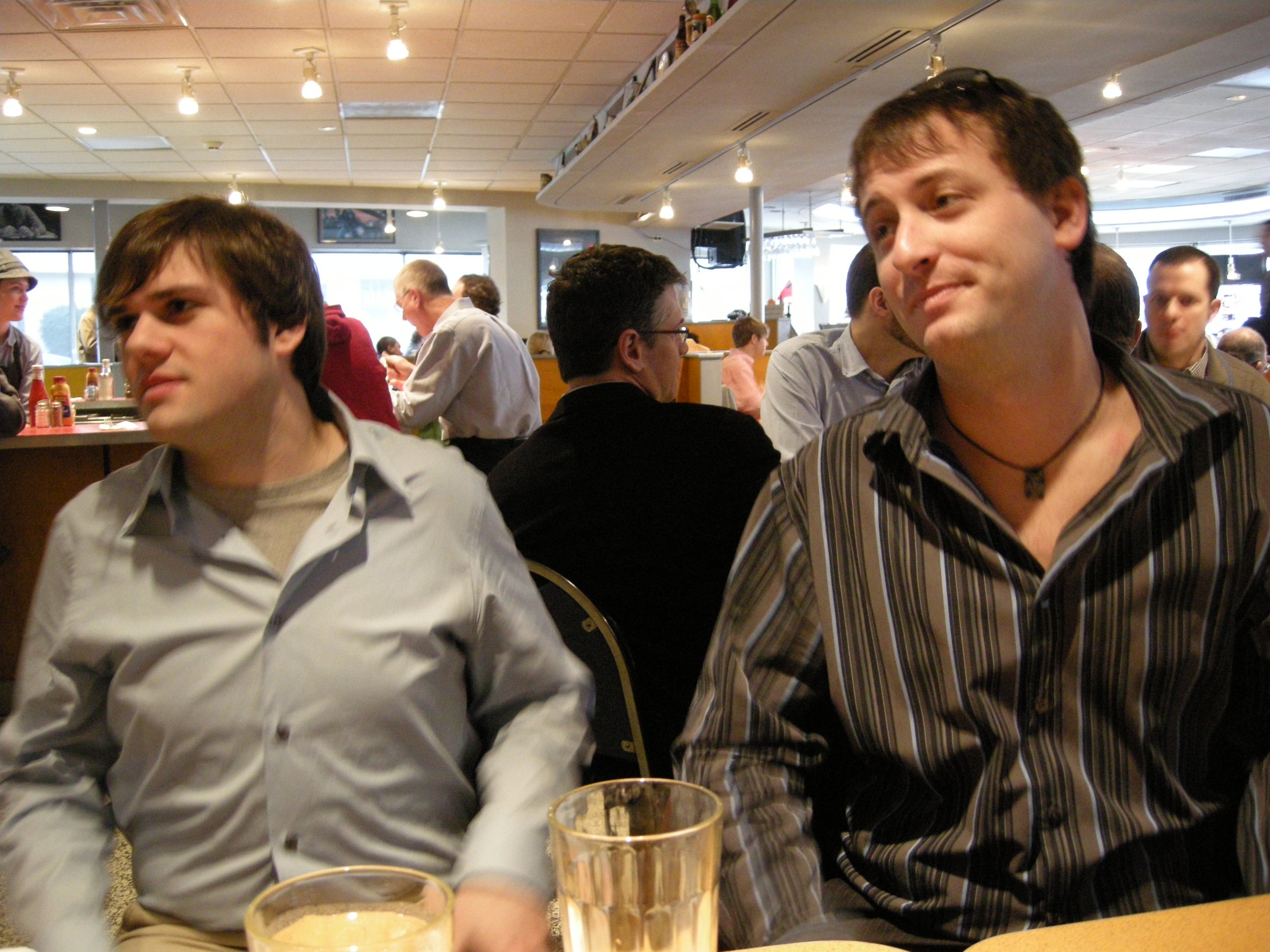
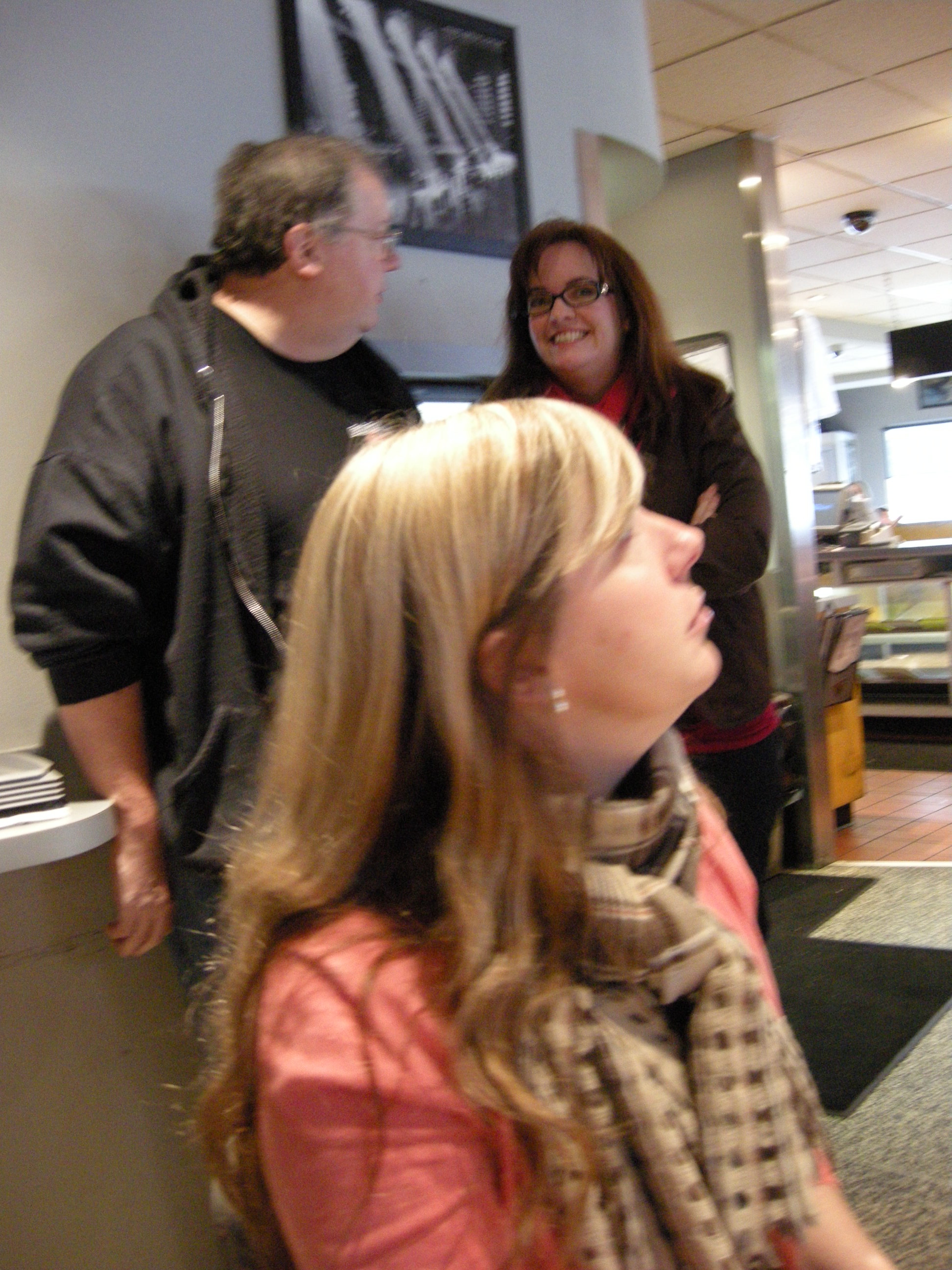
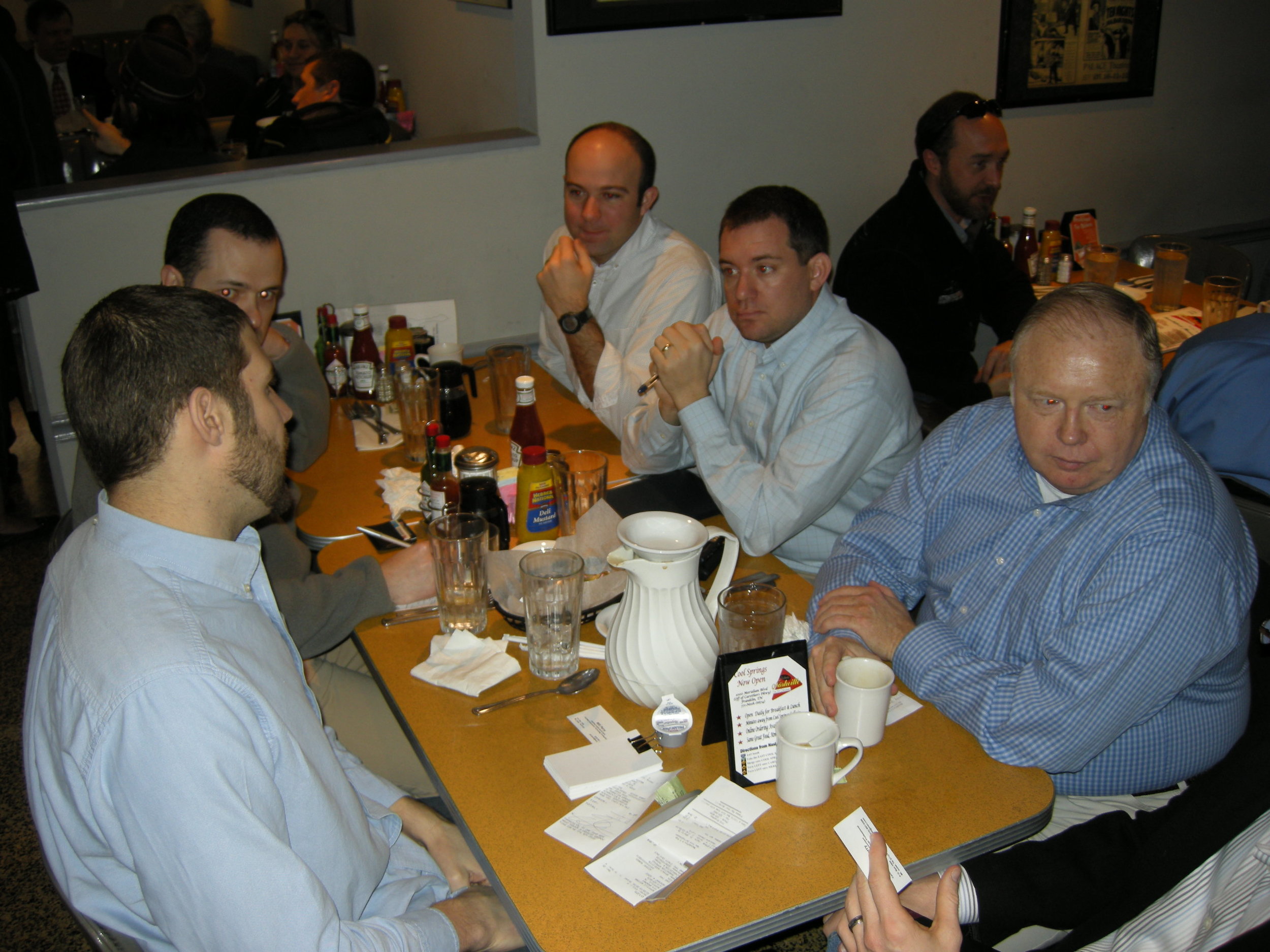
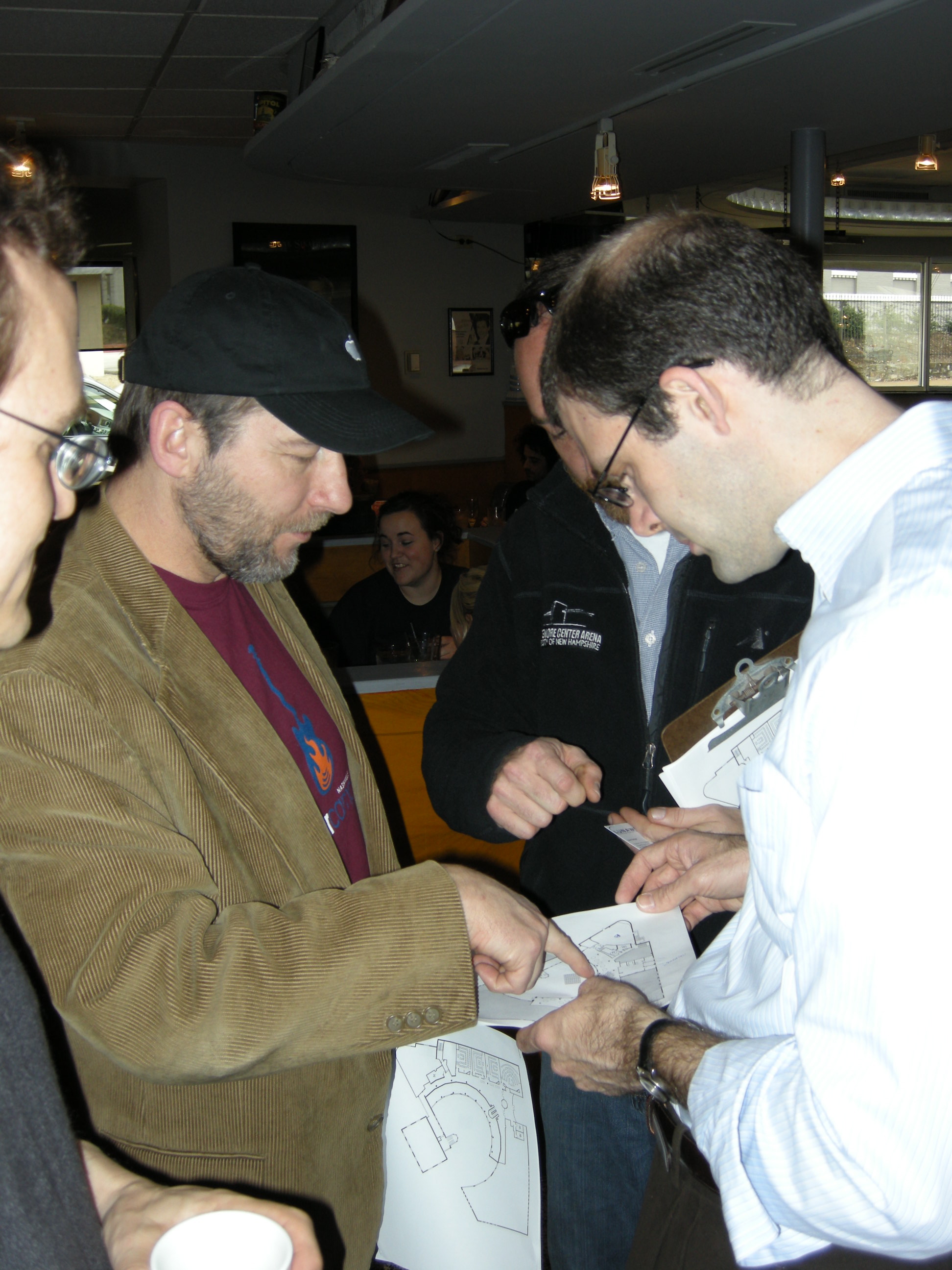
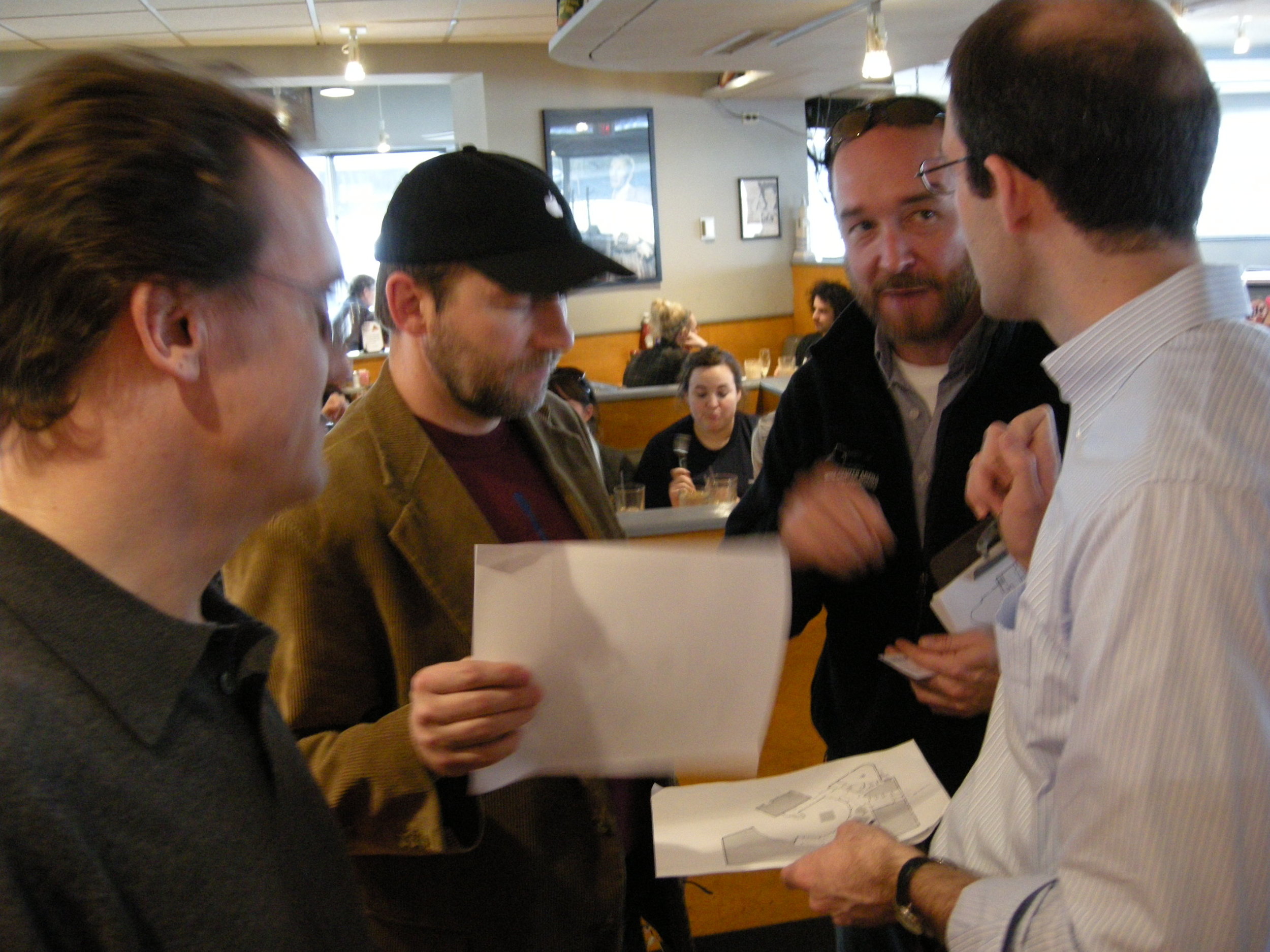
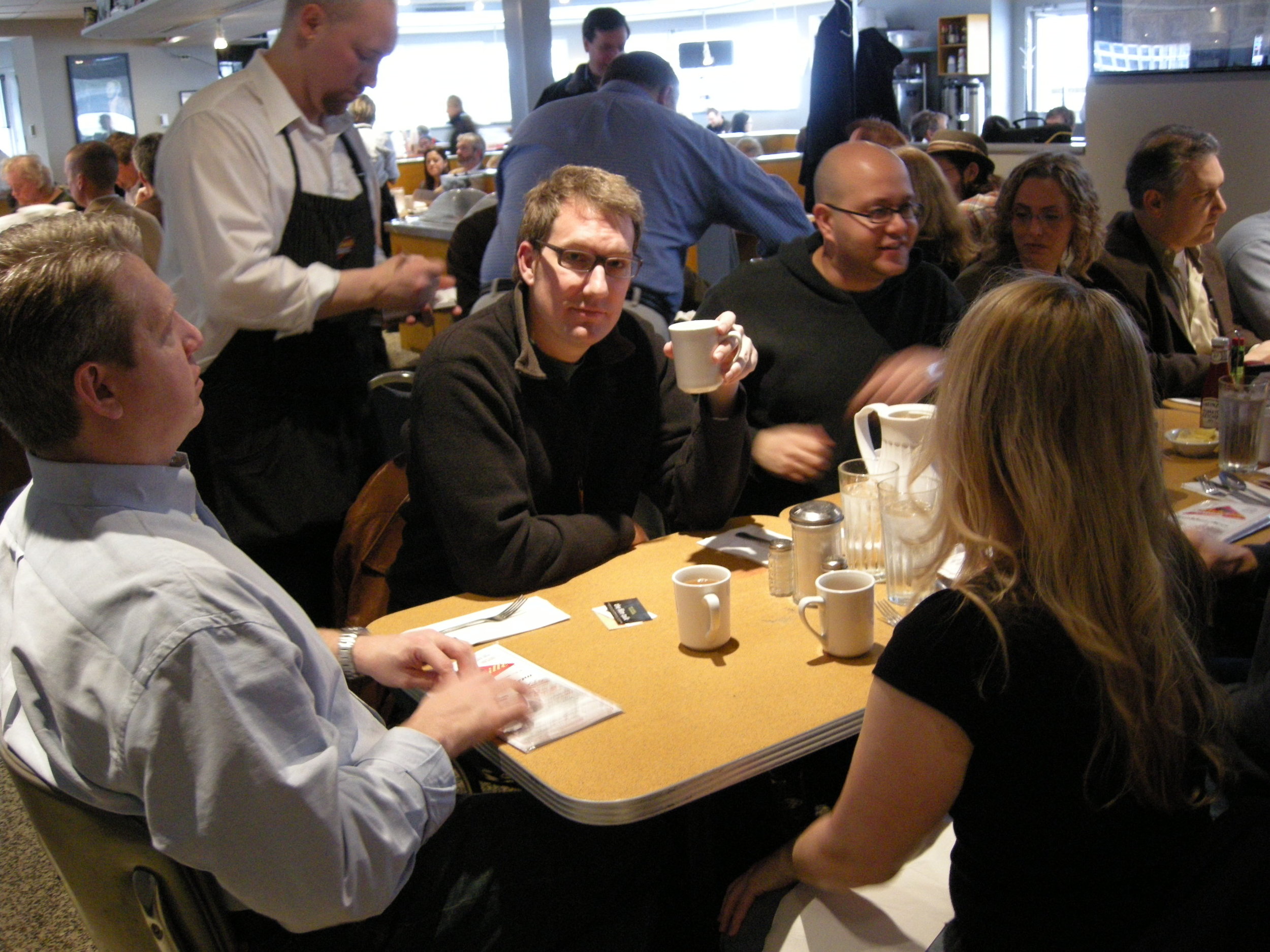

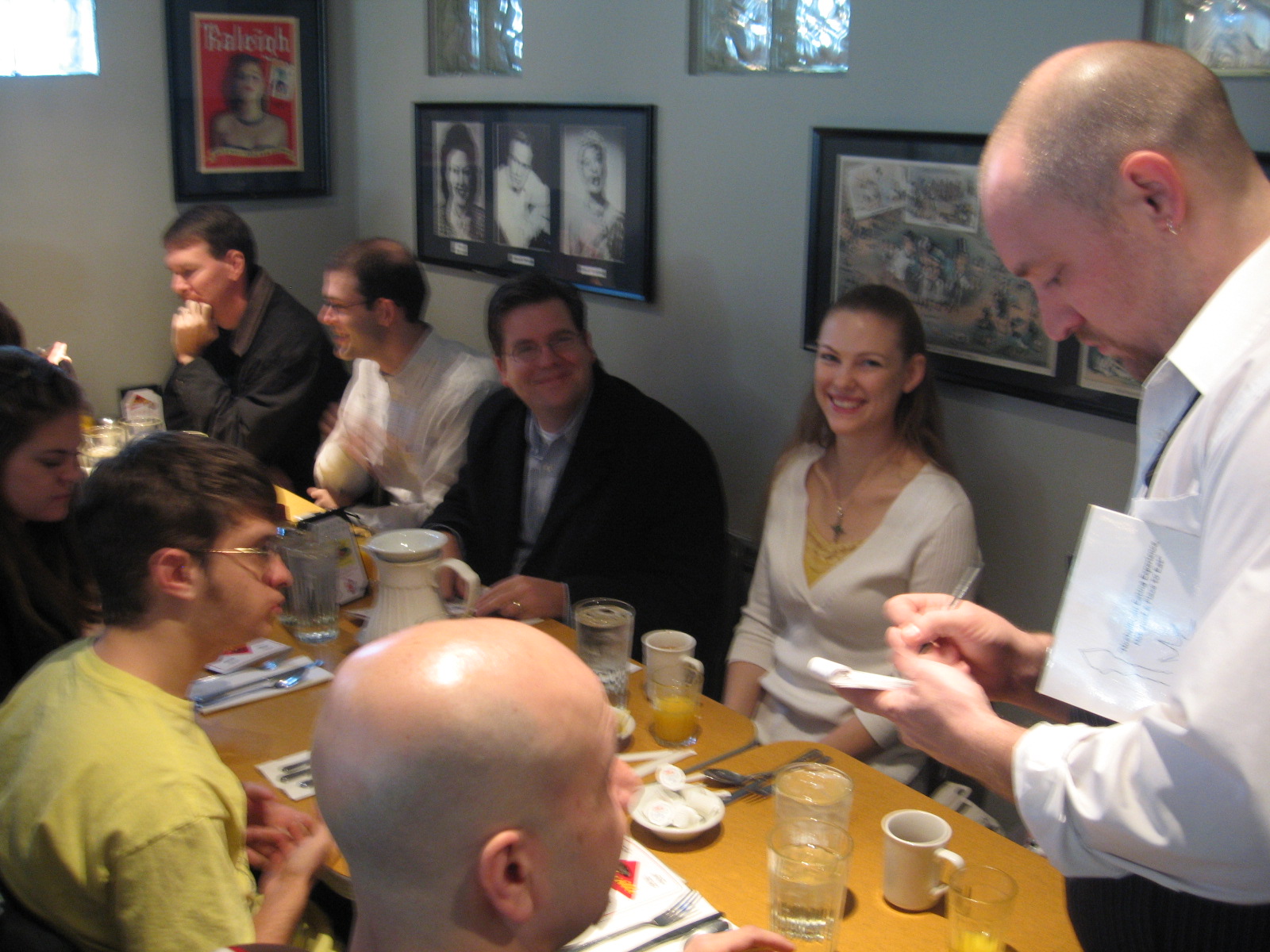
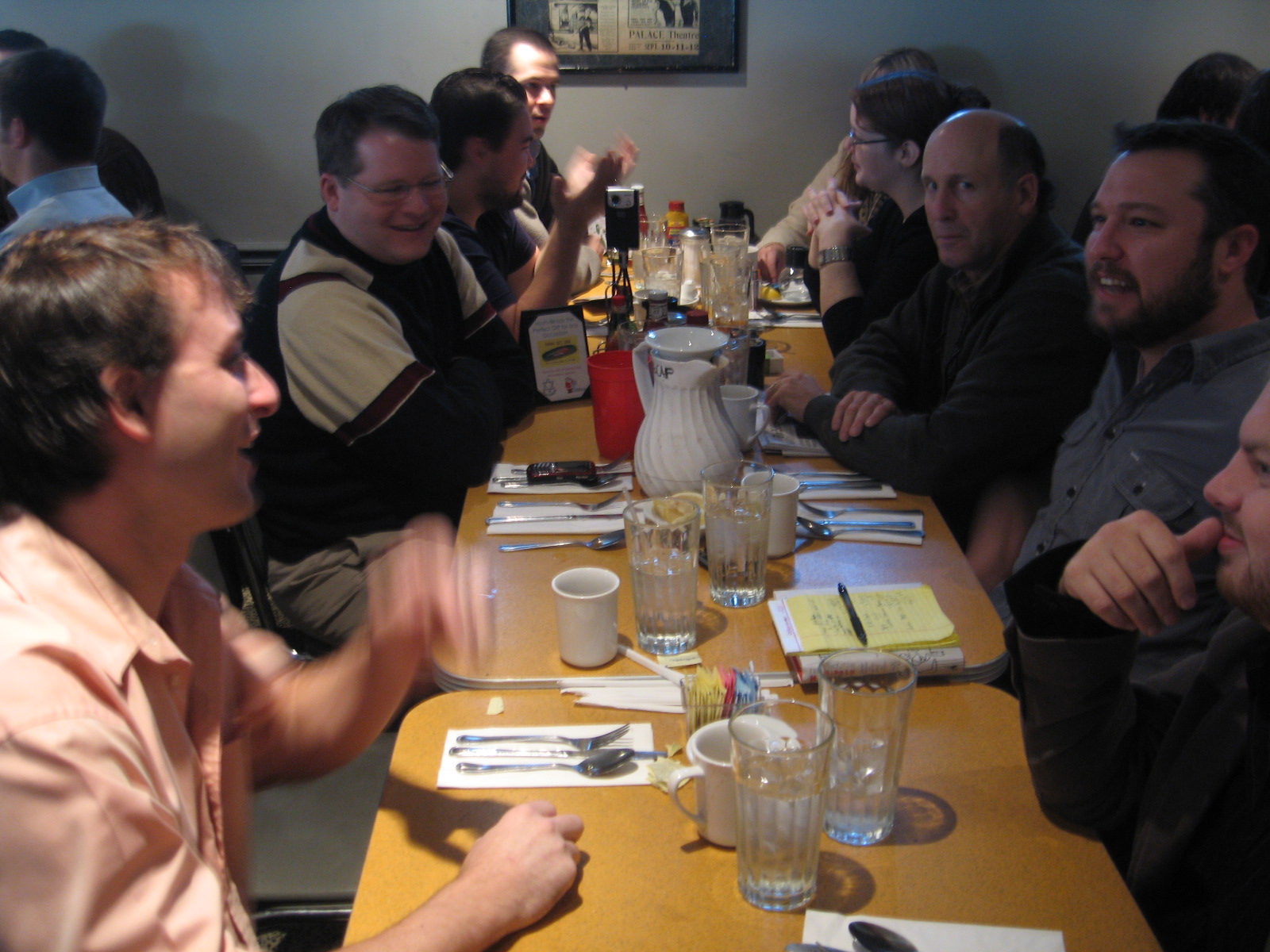
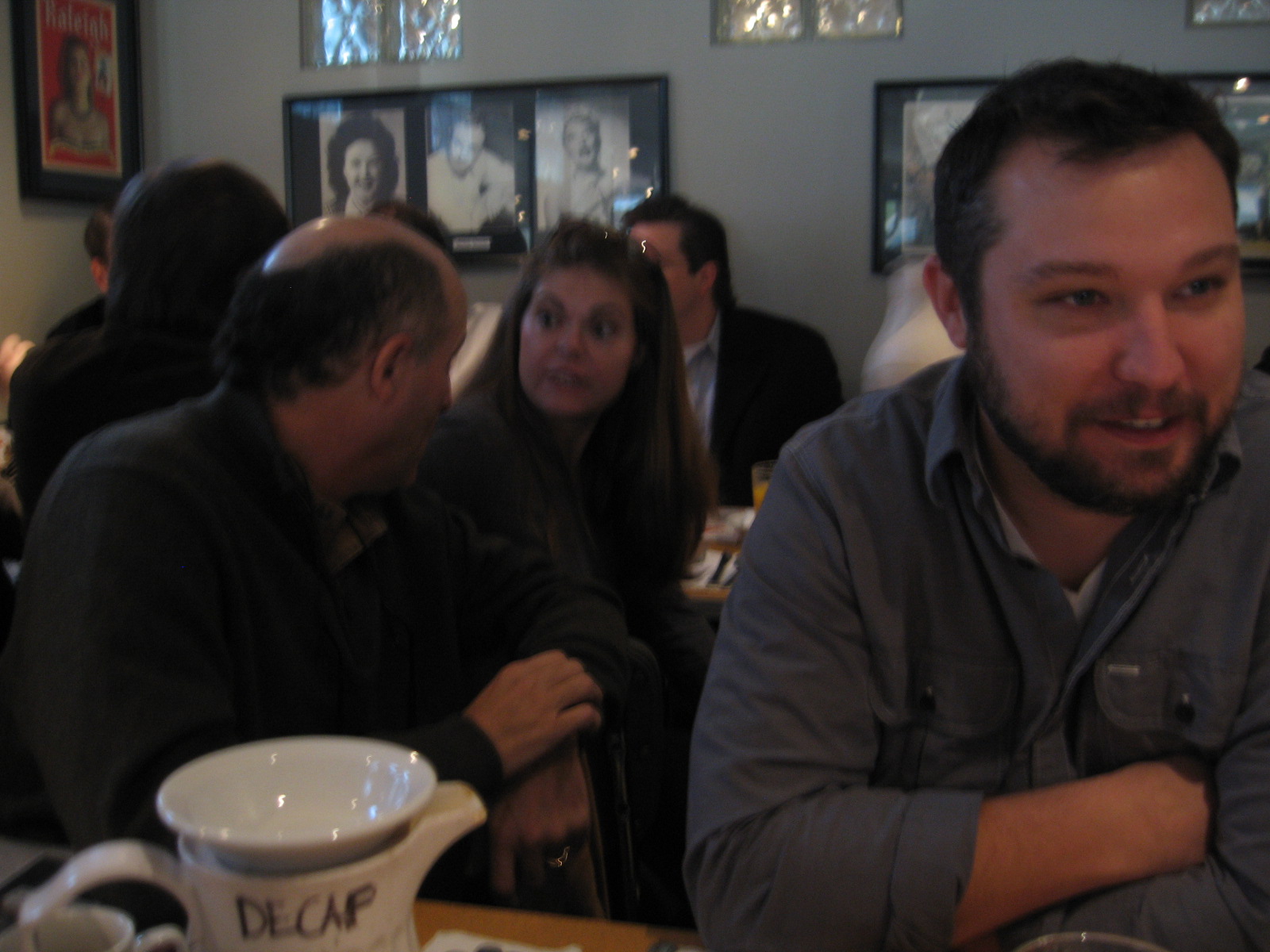
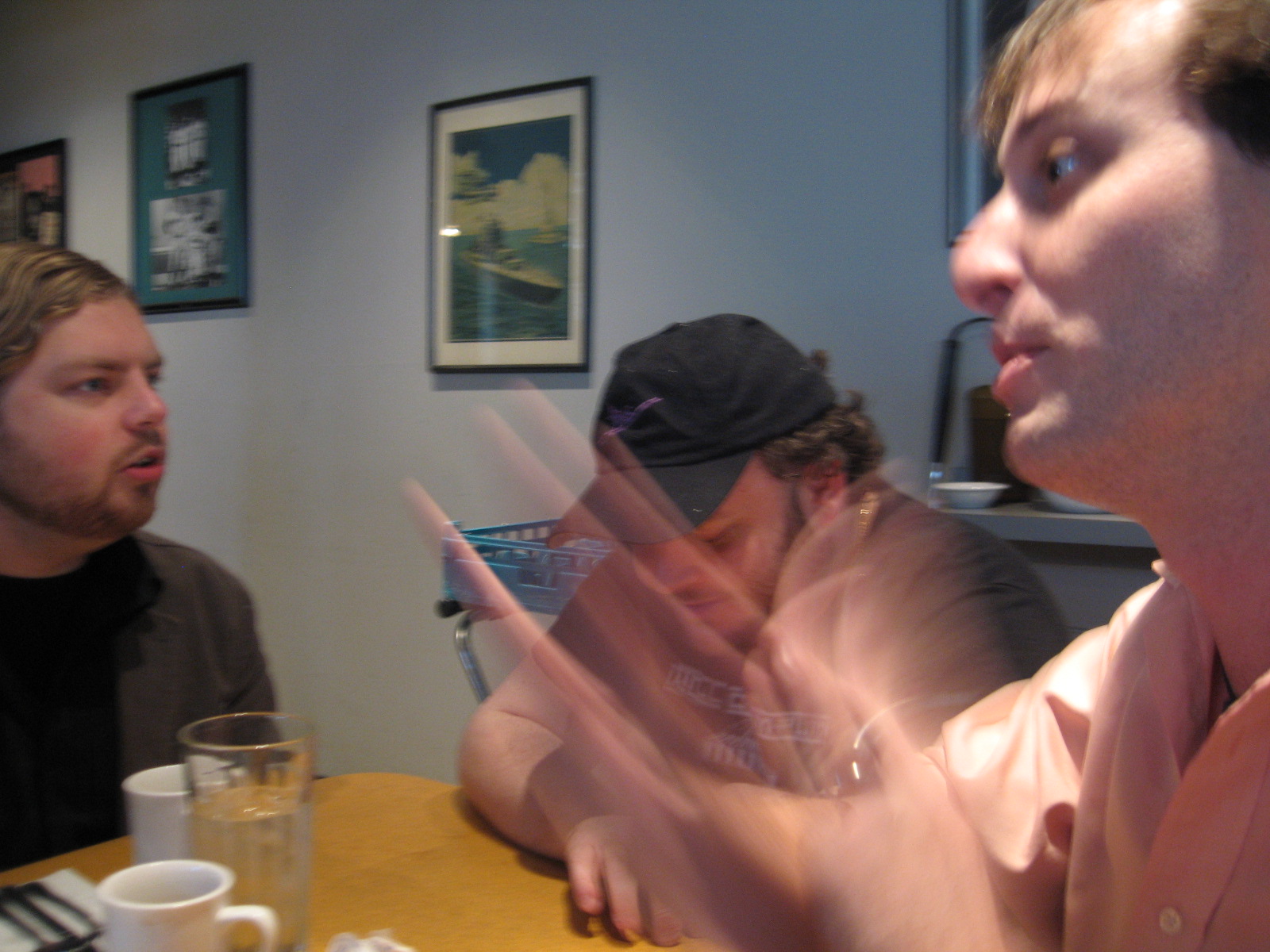

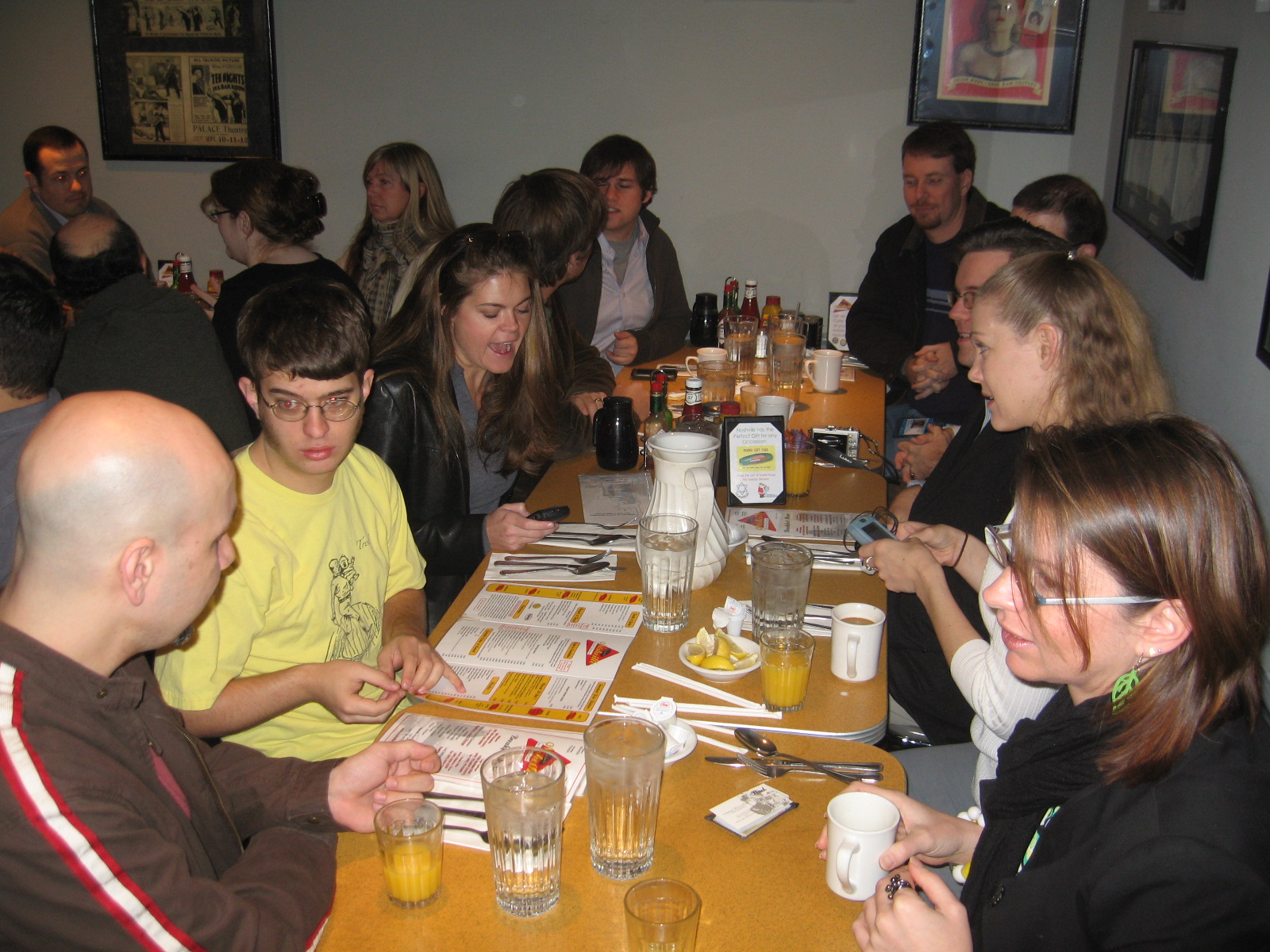
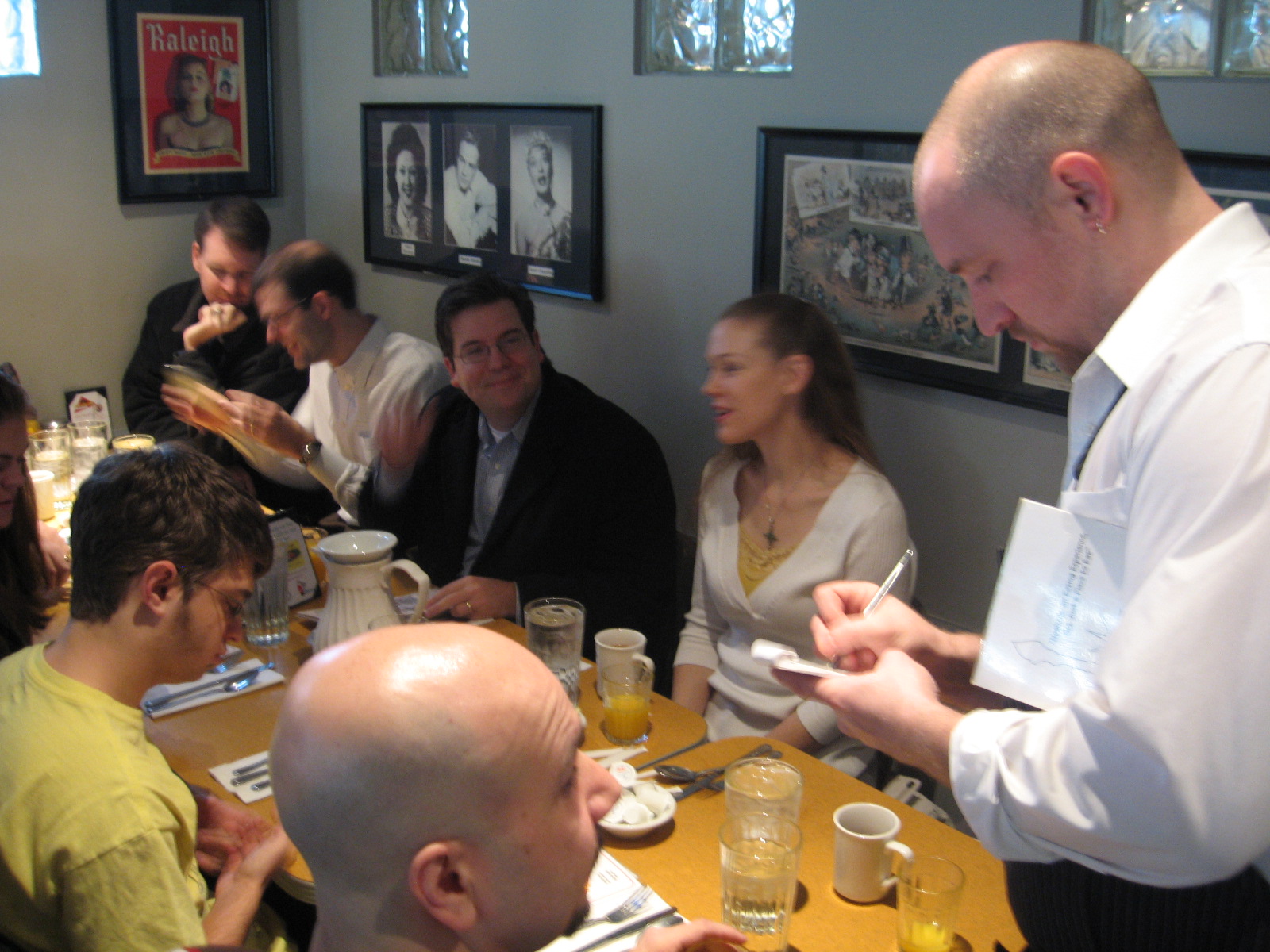
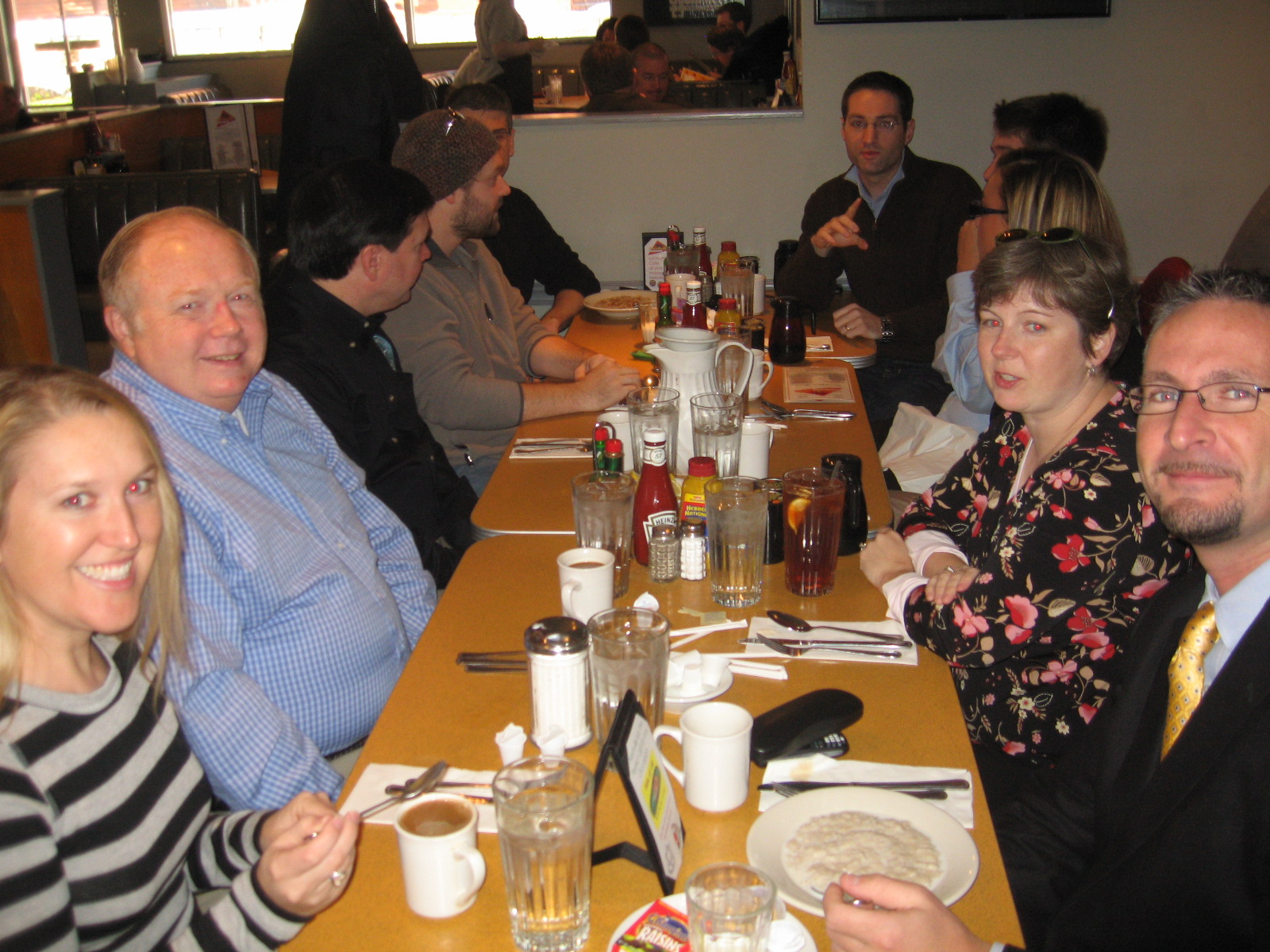

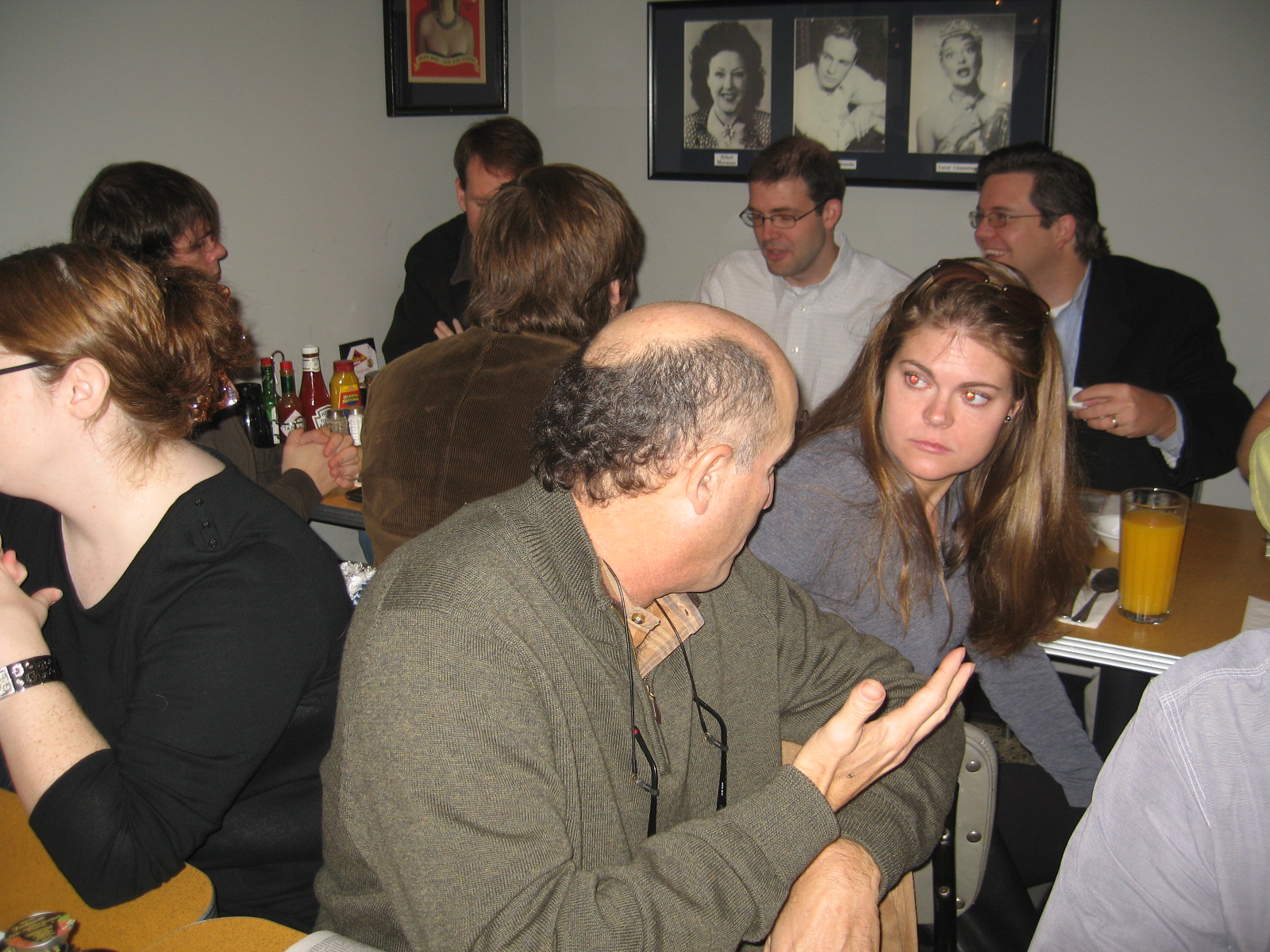
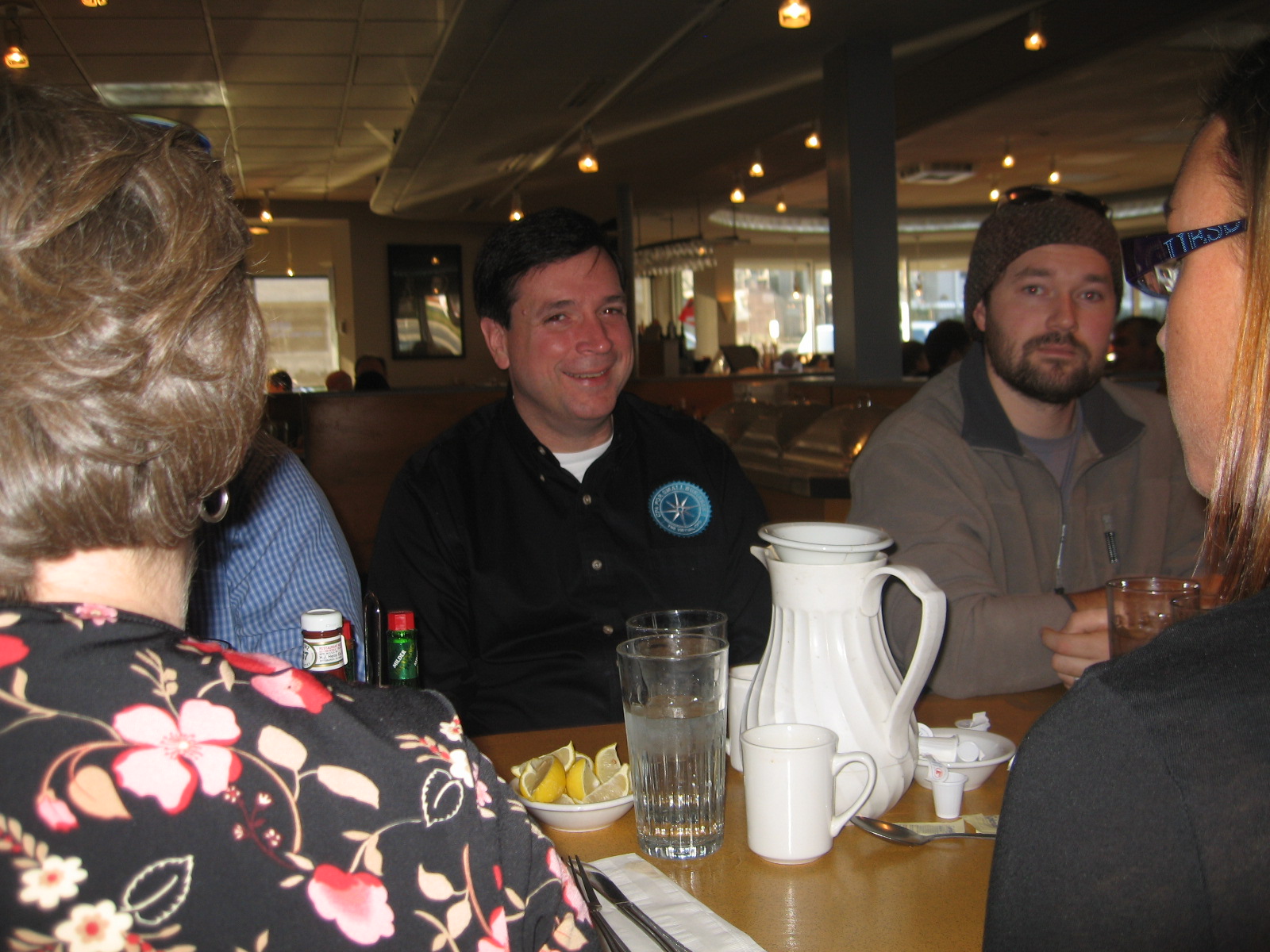
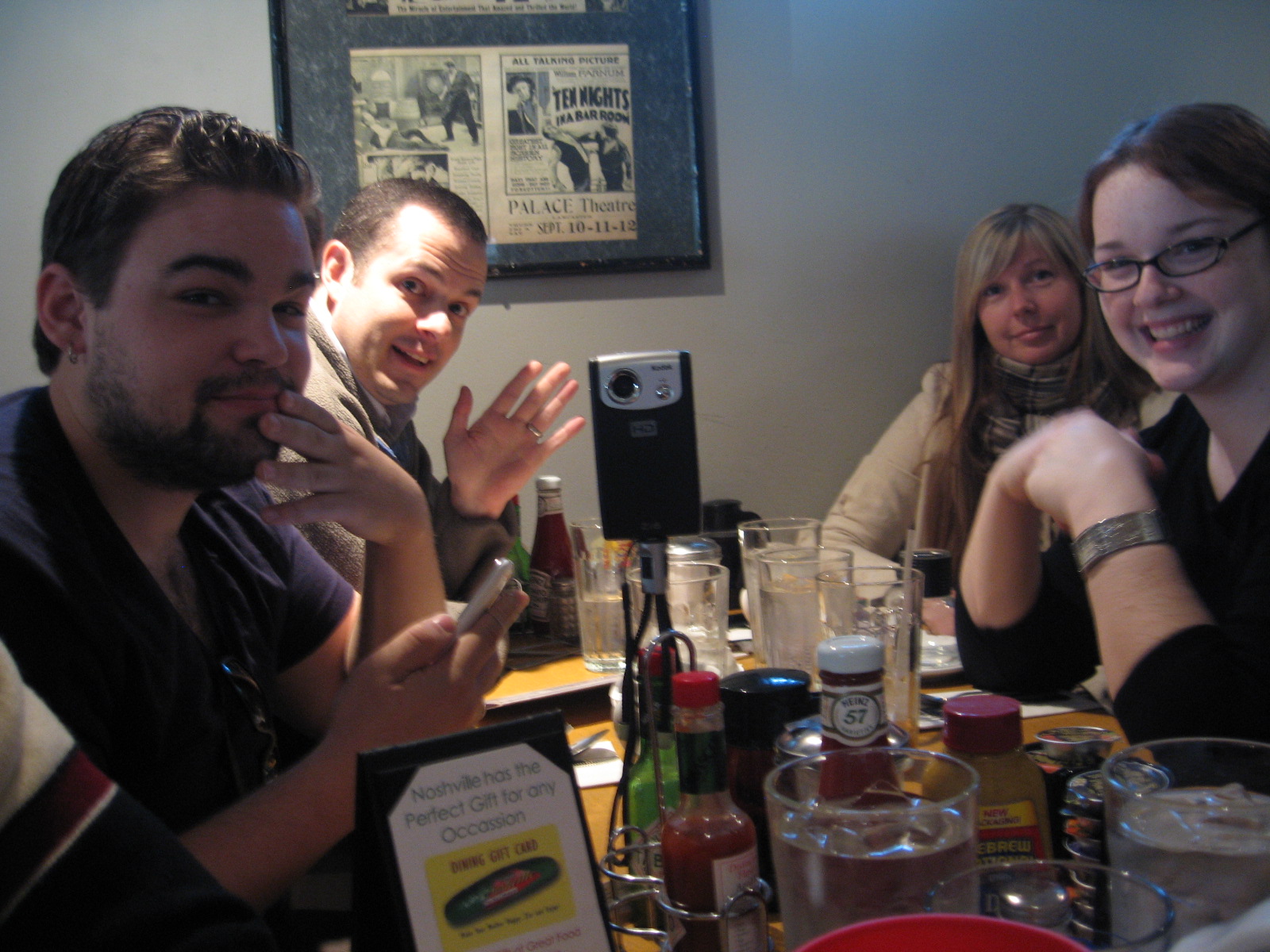
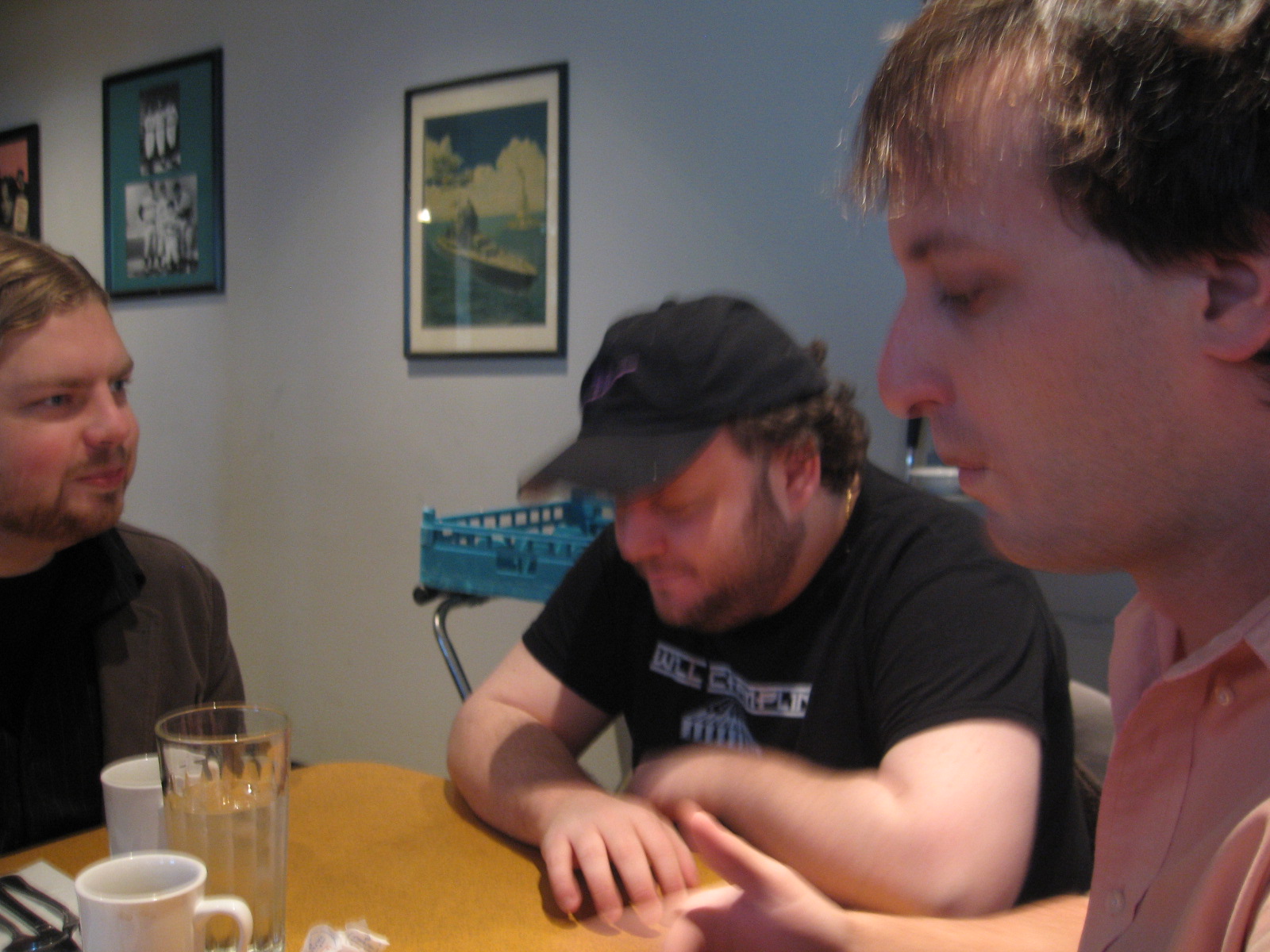
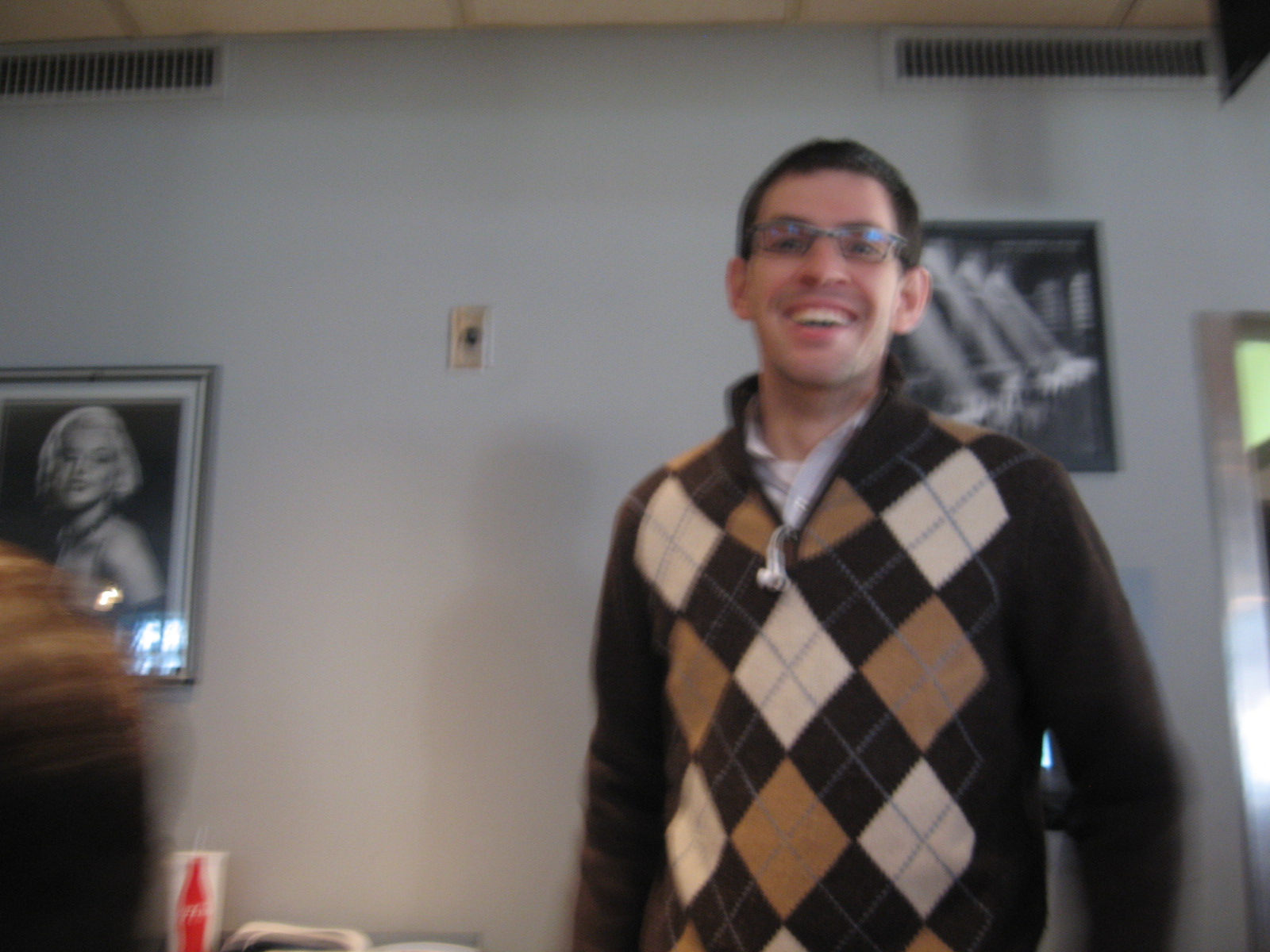

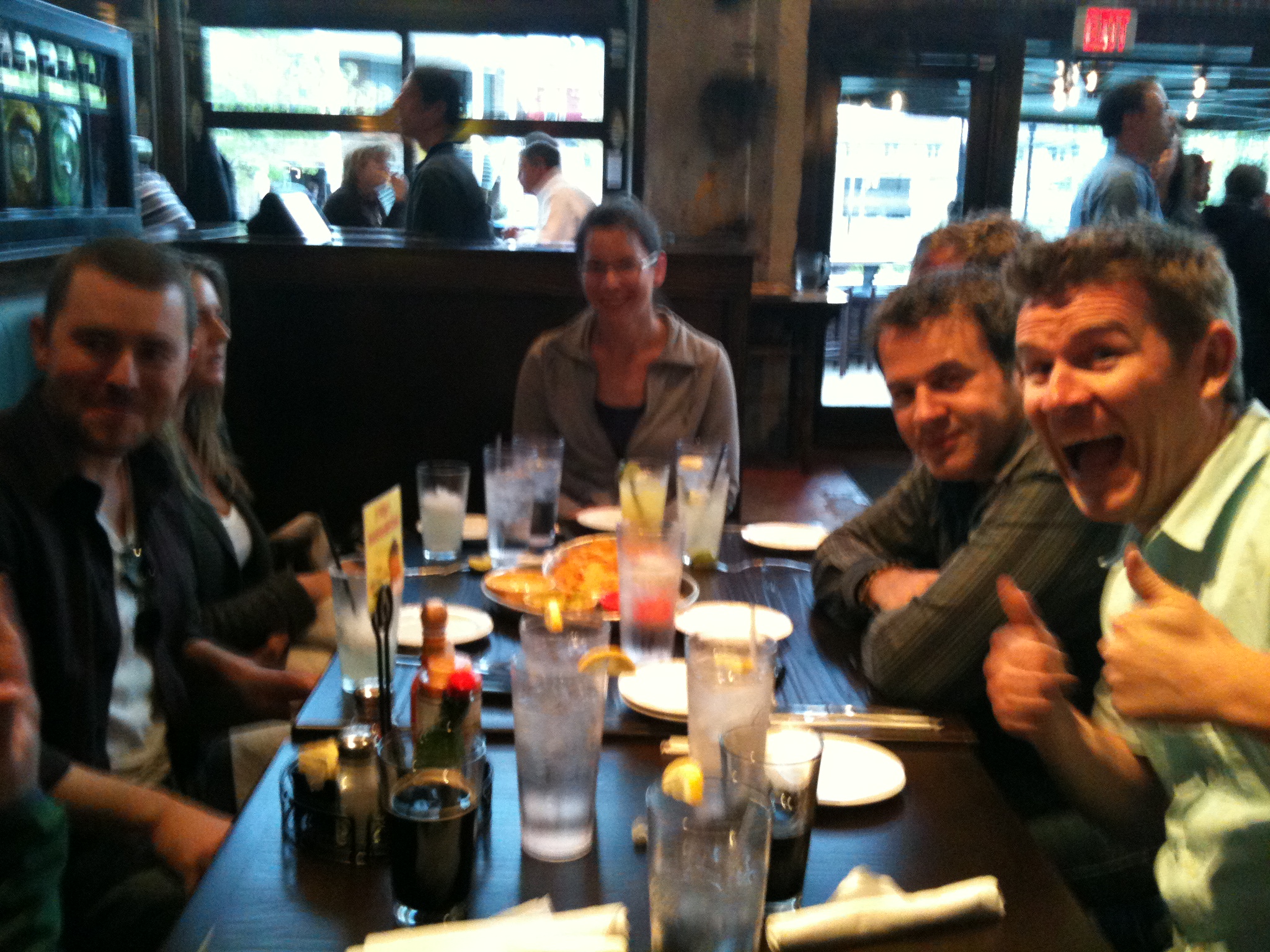
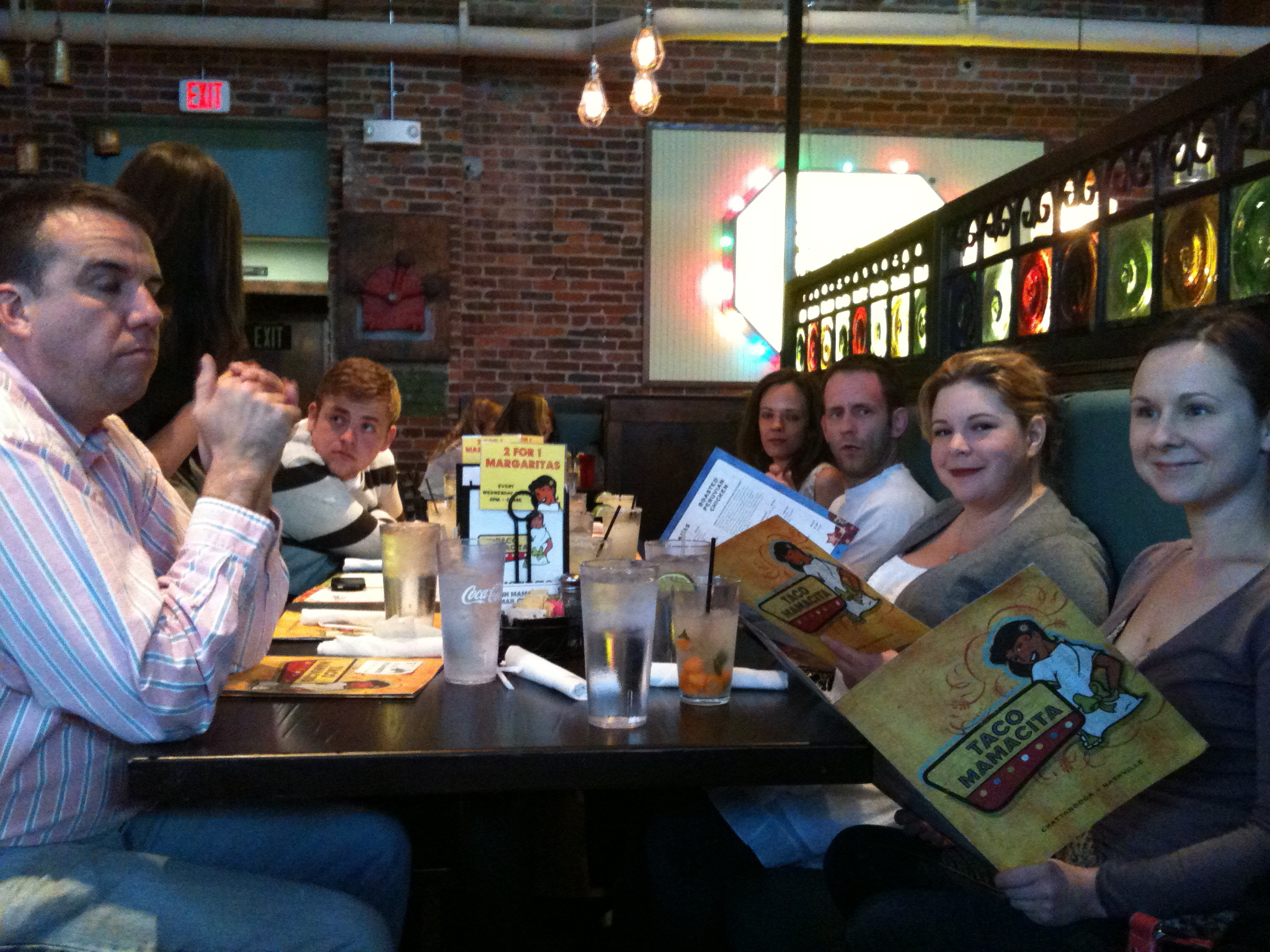



































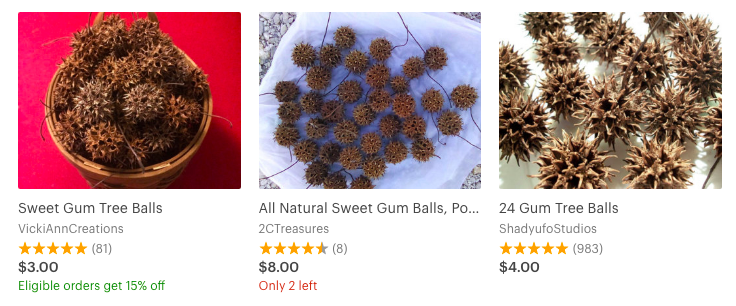










“Dave did a great job keeping the team engaged and entertained. It was a great mix of learning new skills as well as having fun. He made sure everyone felt comfortable and involved.”
- Morgan Atkins, Director of Innovation.